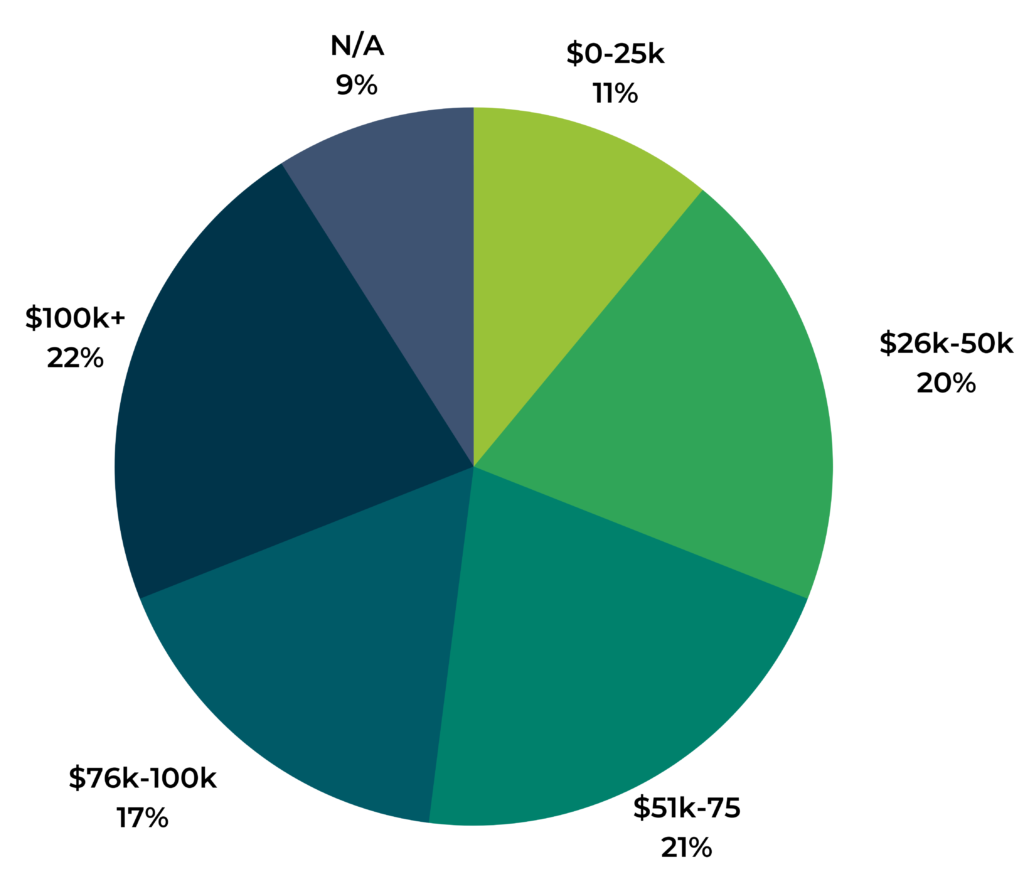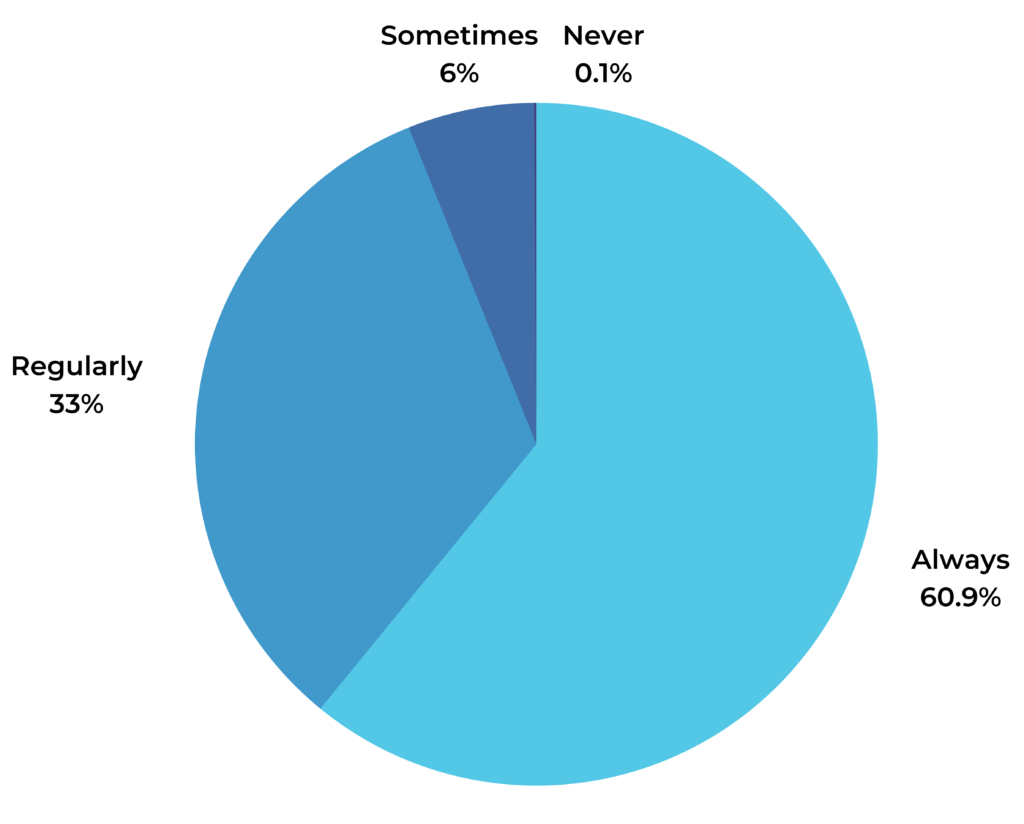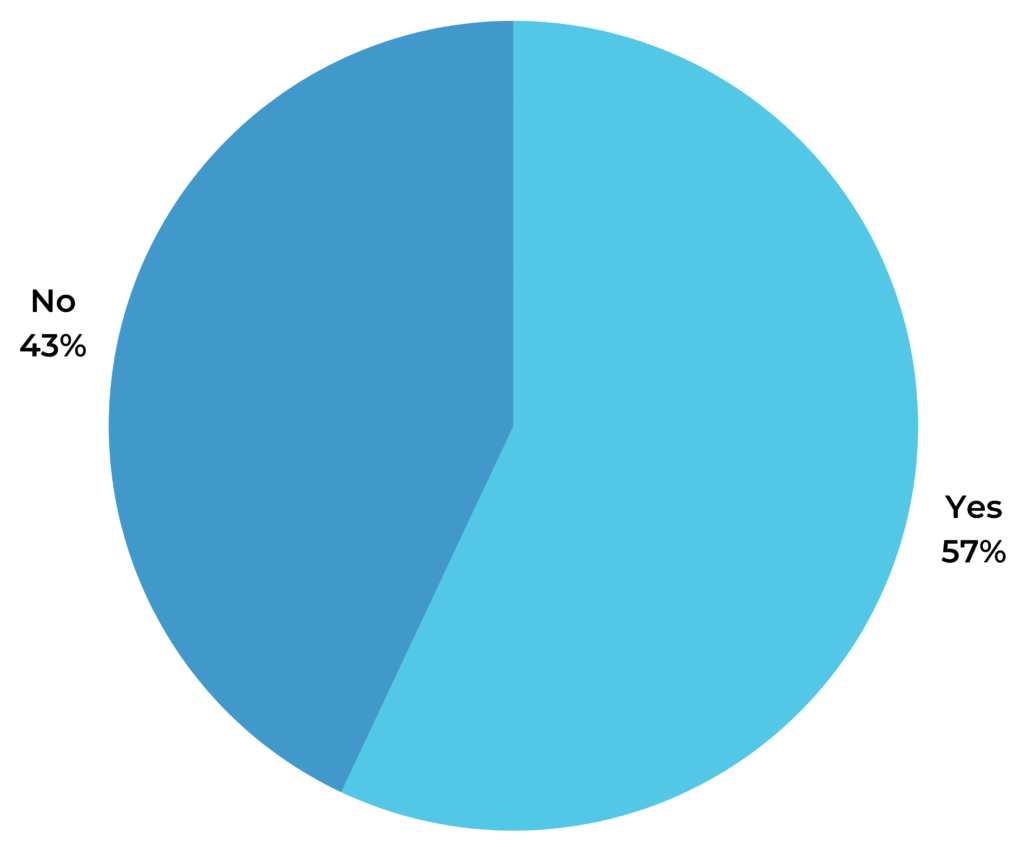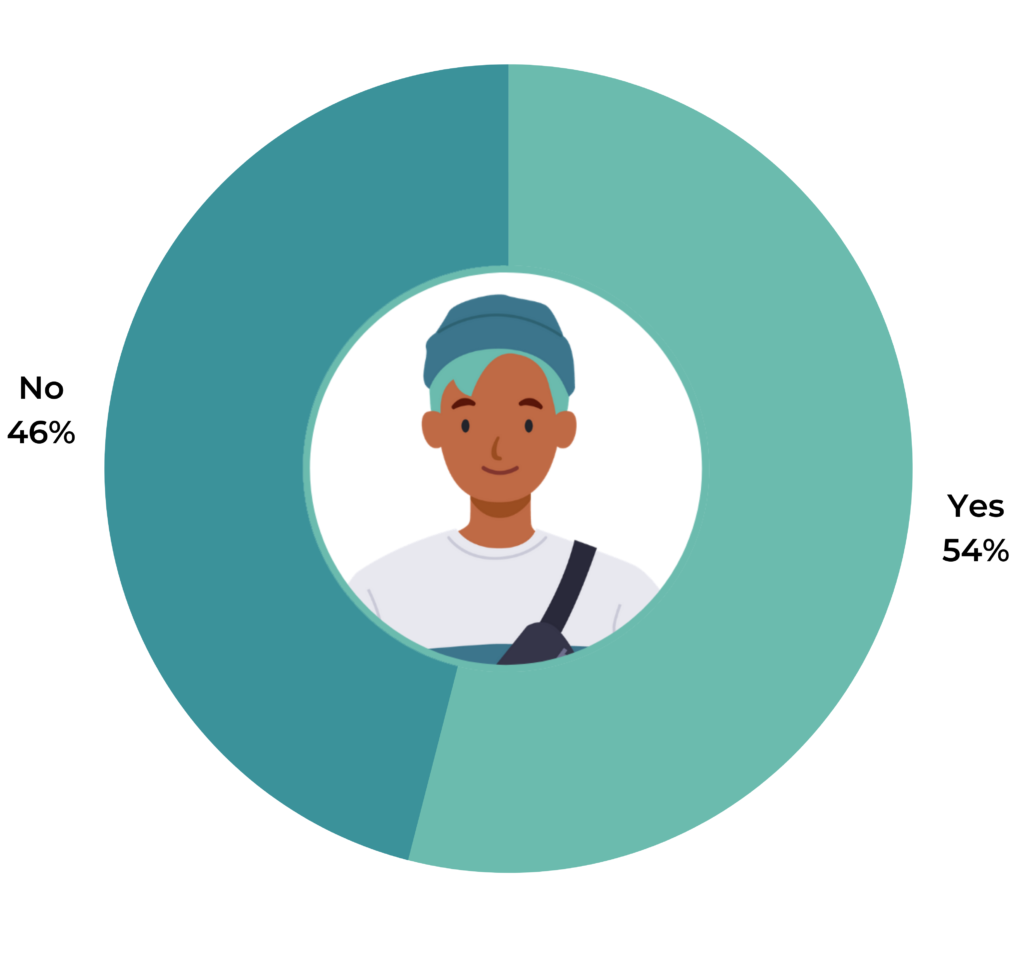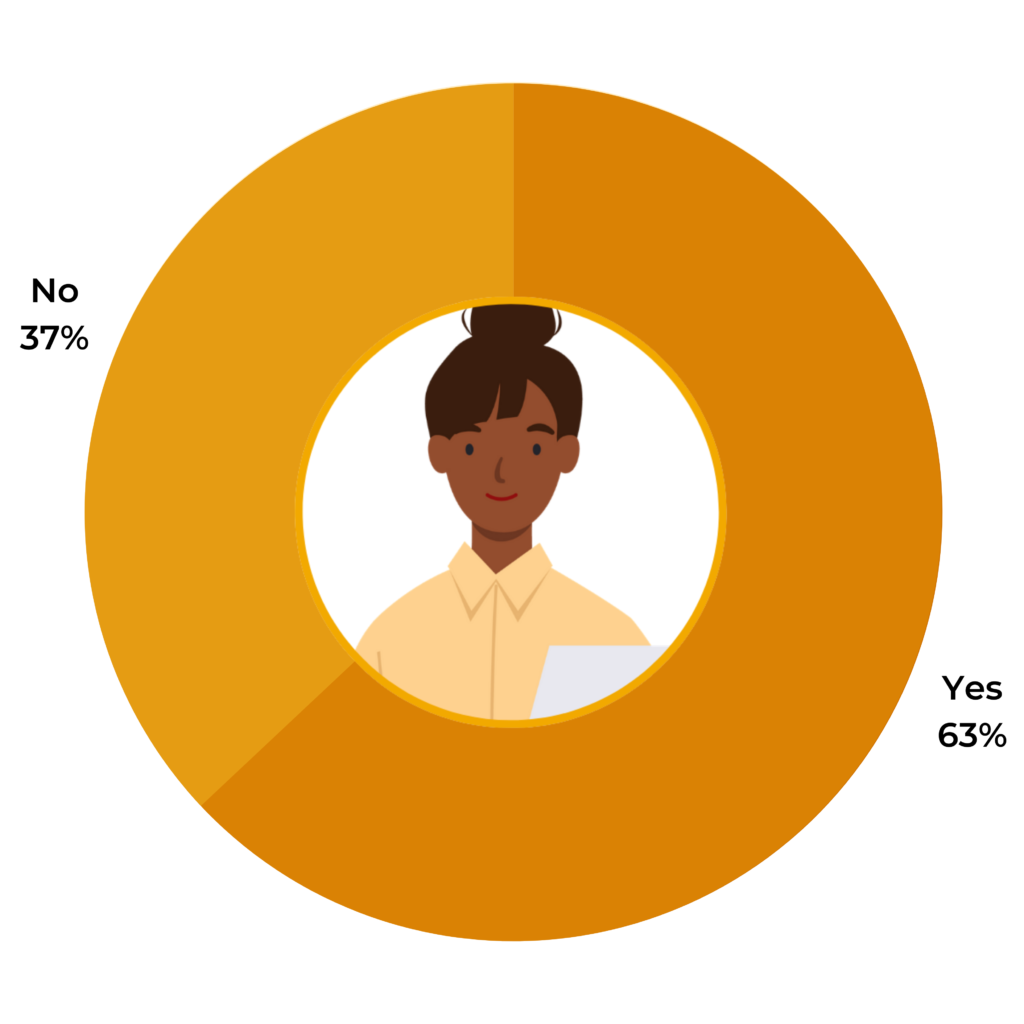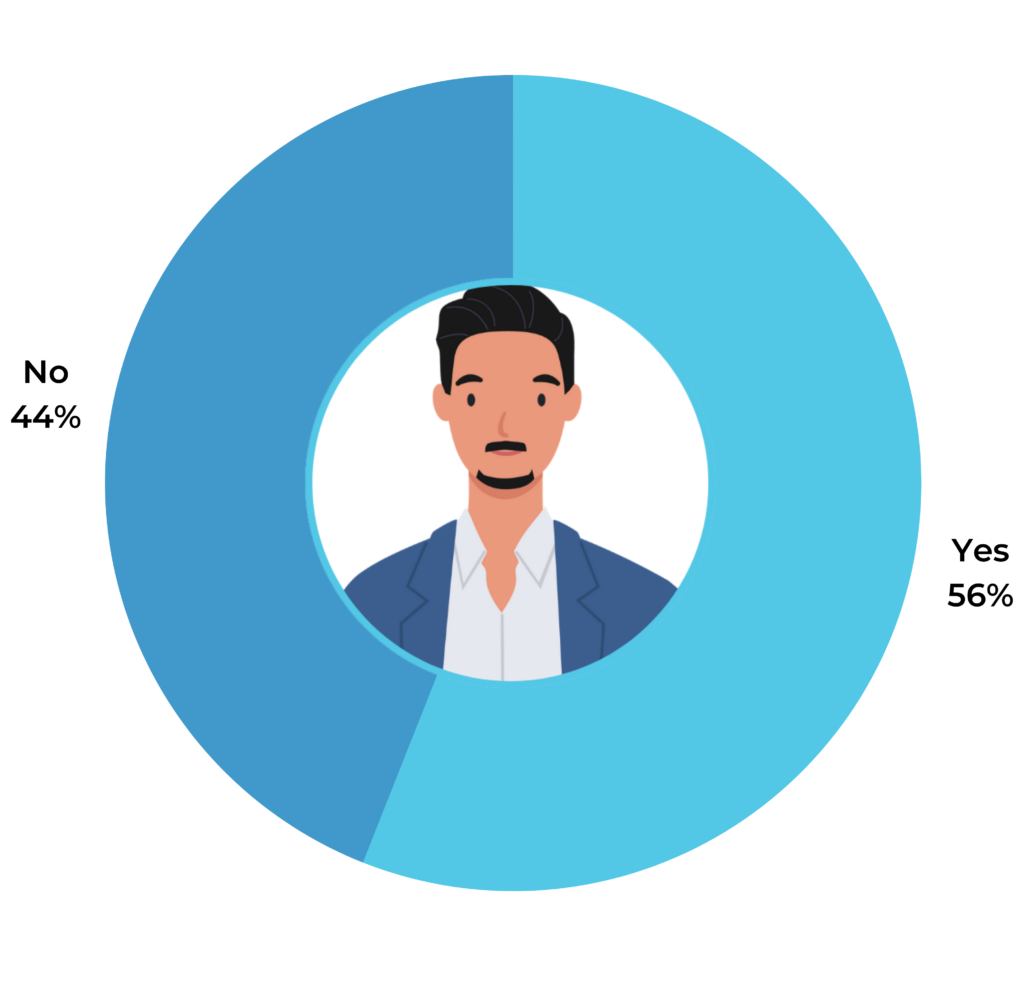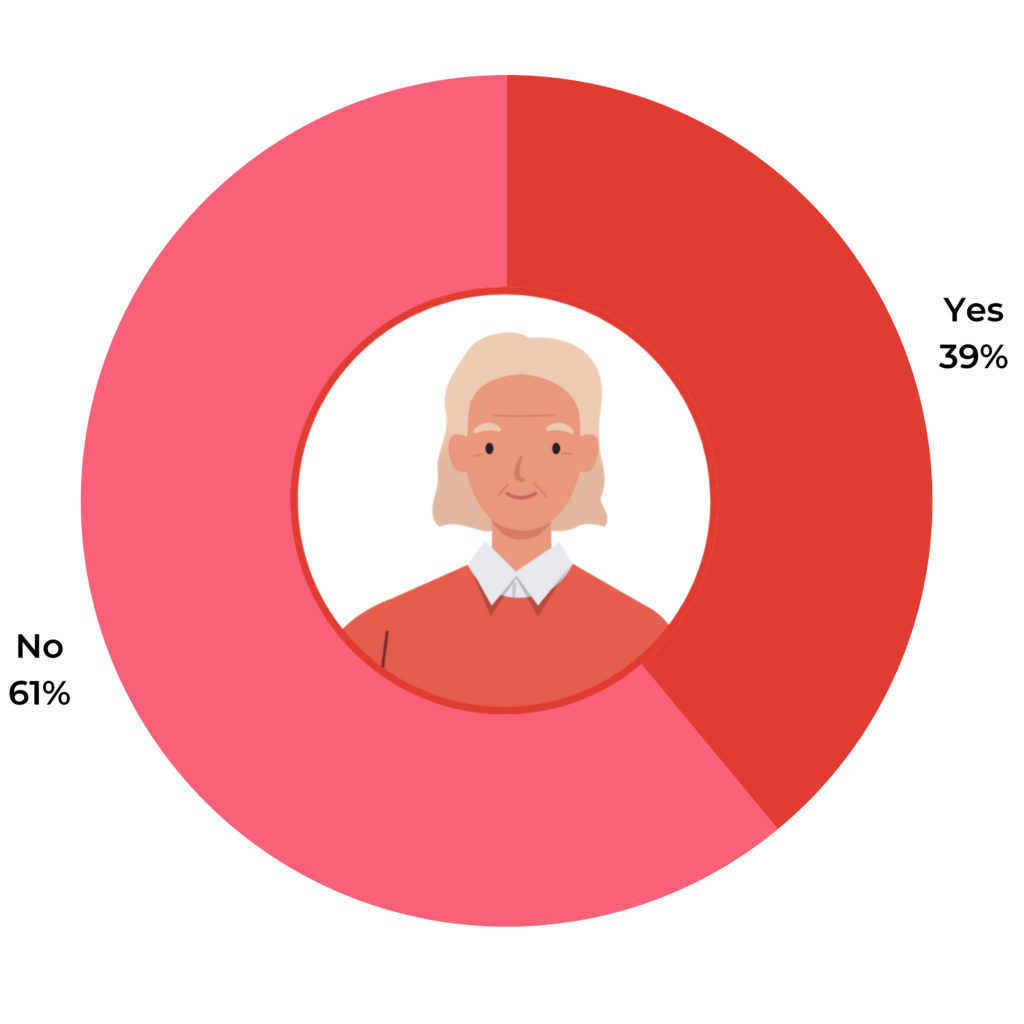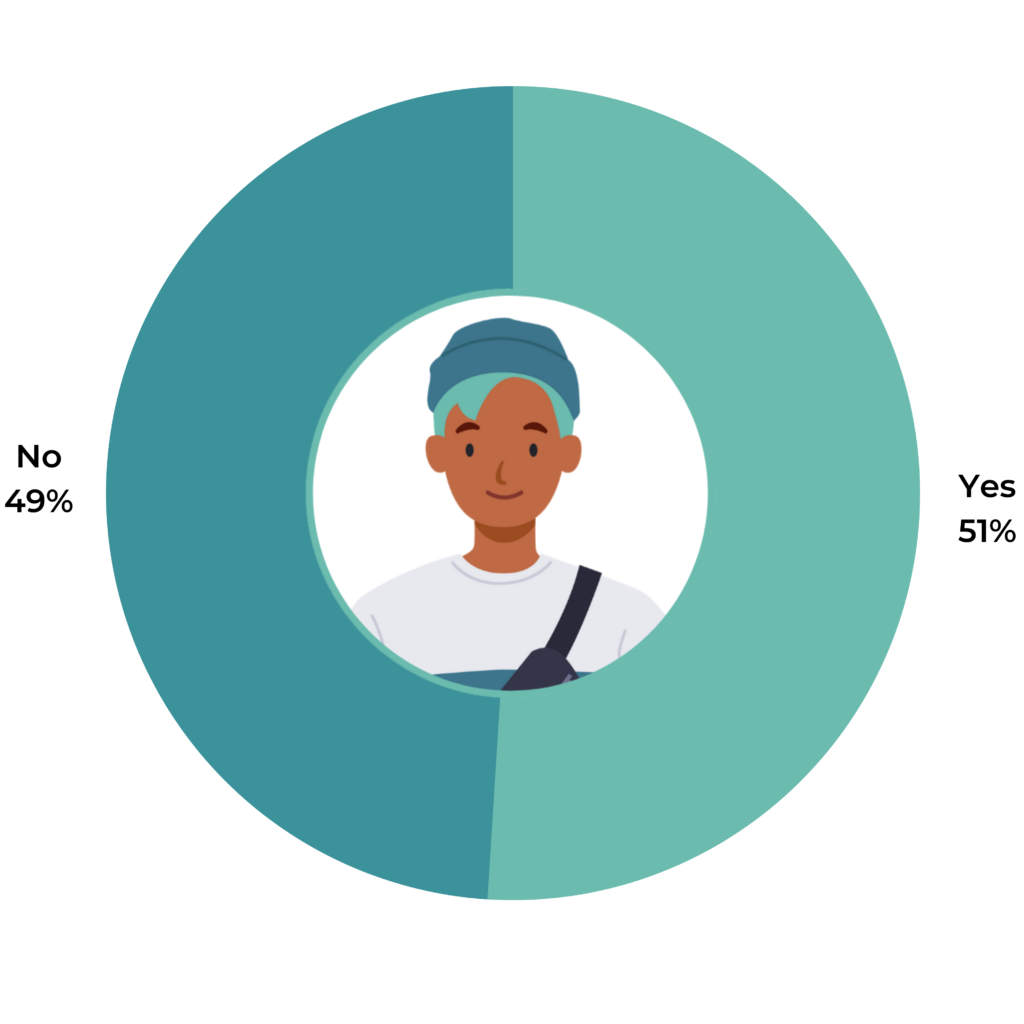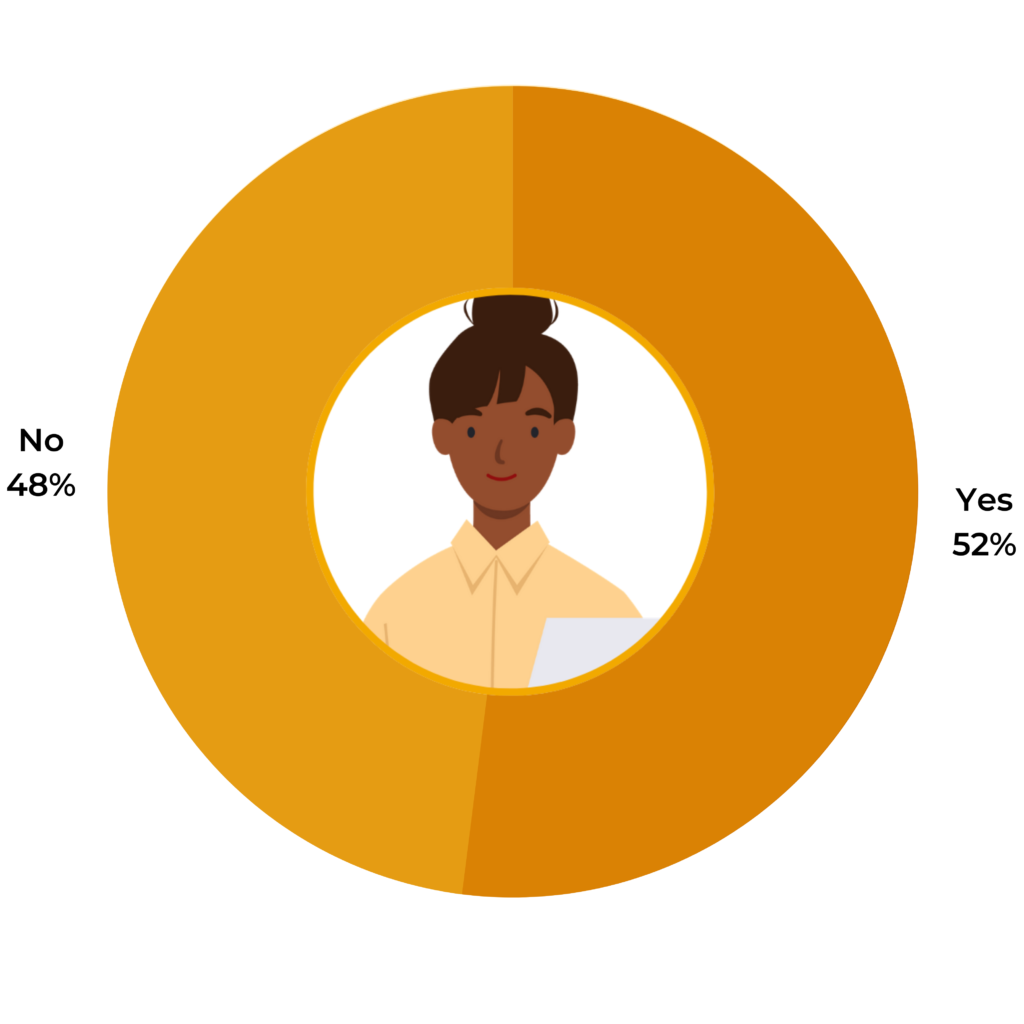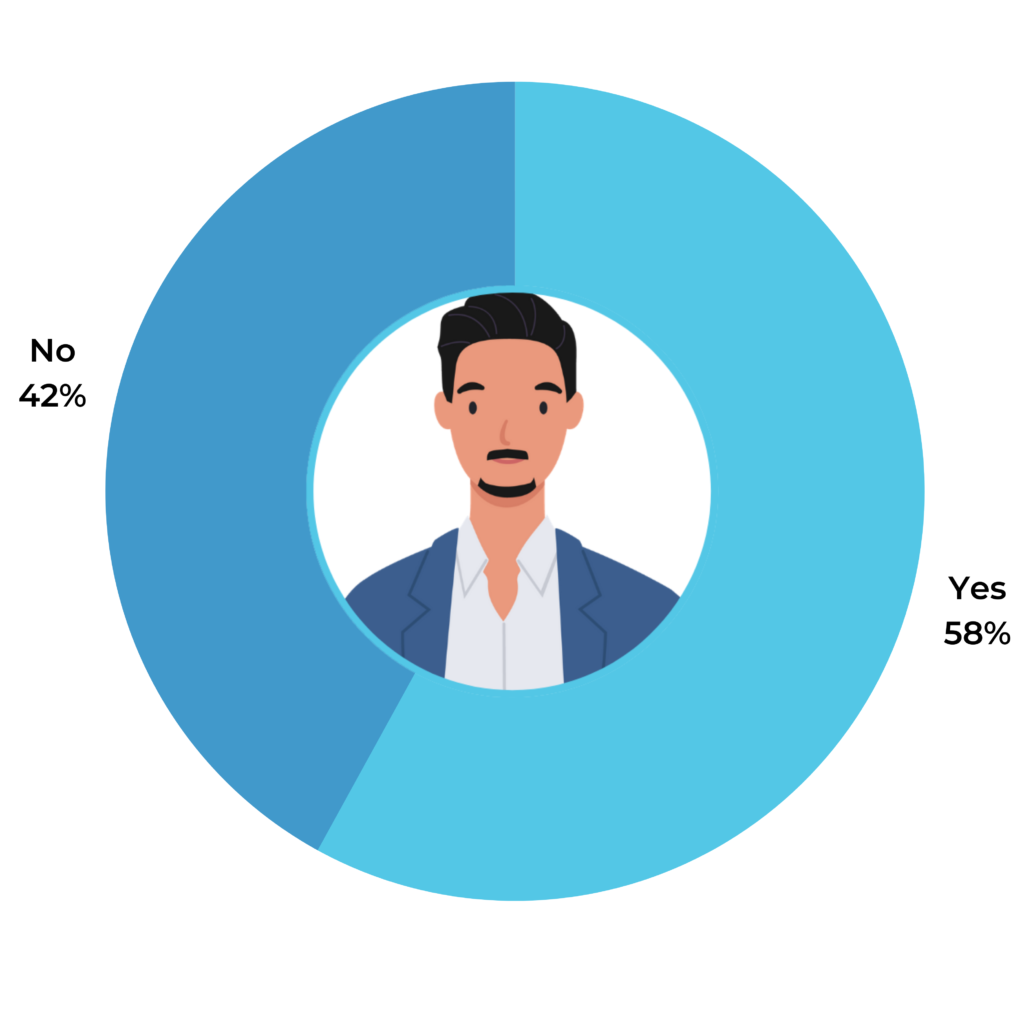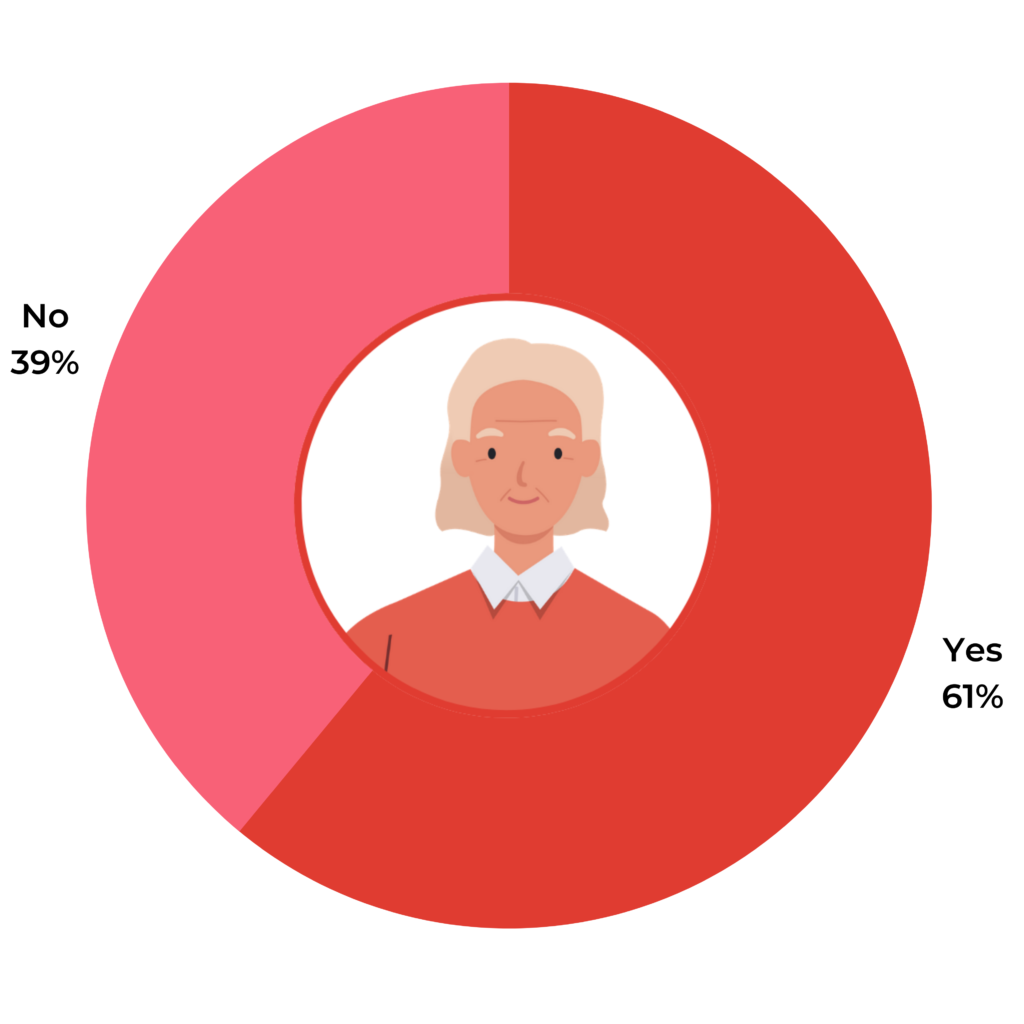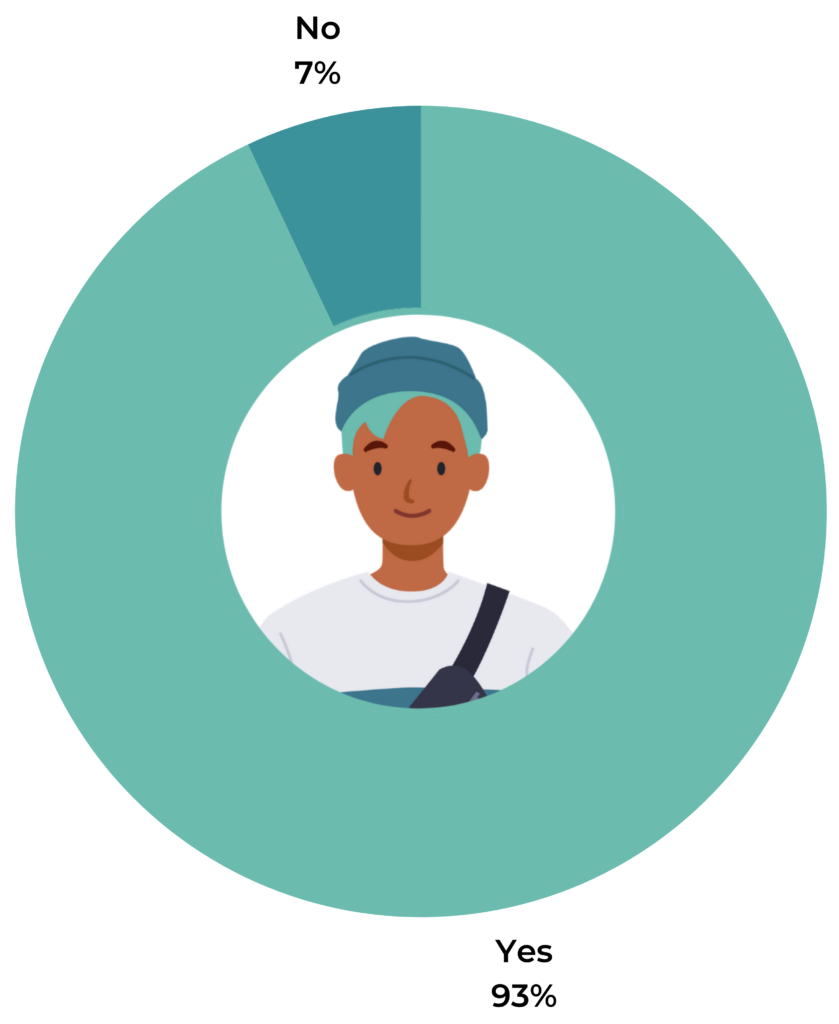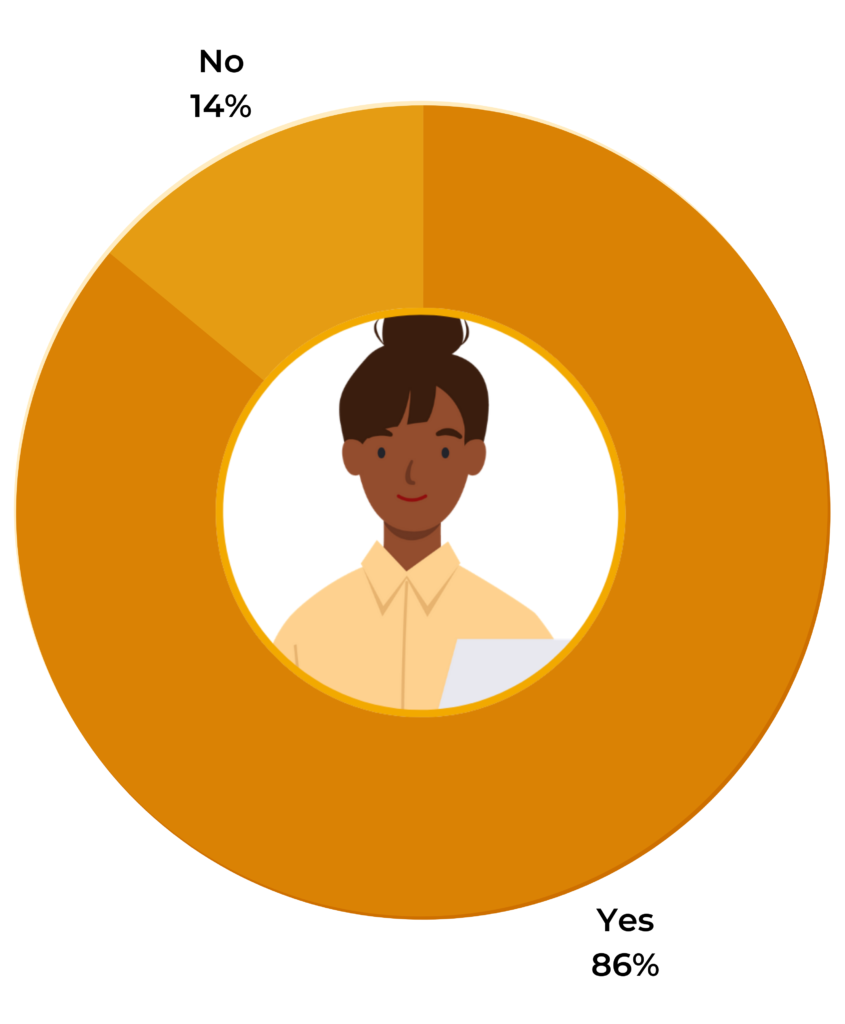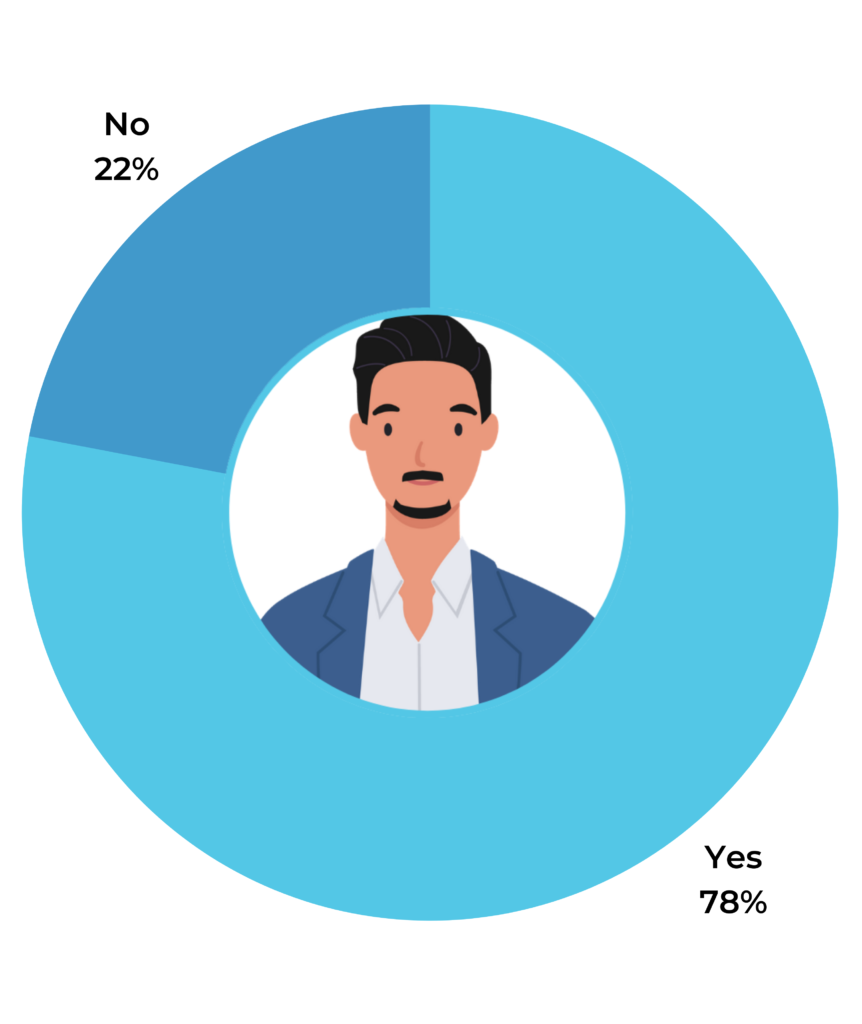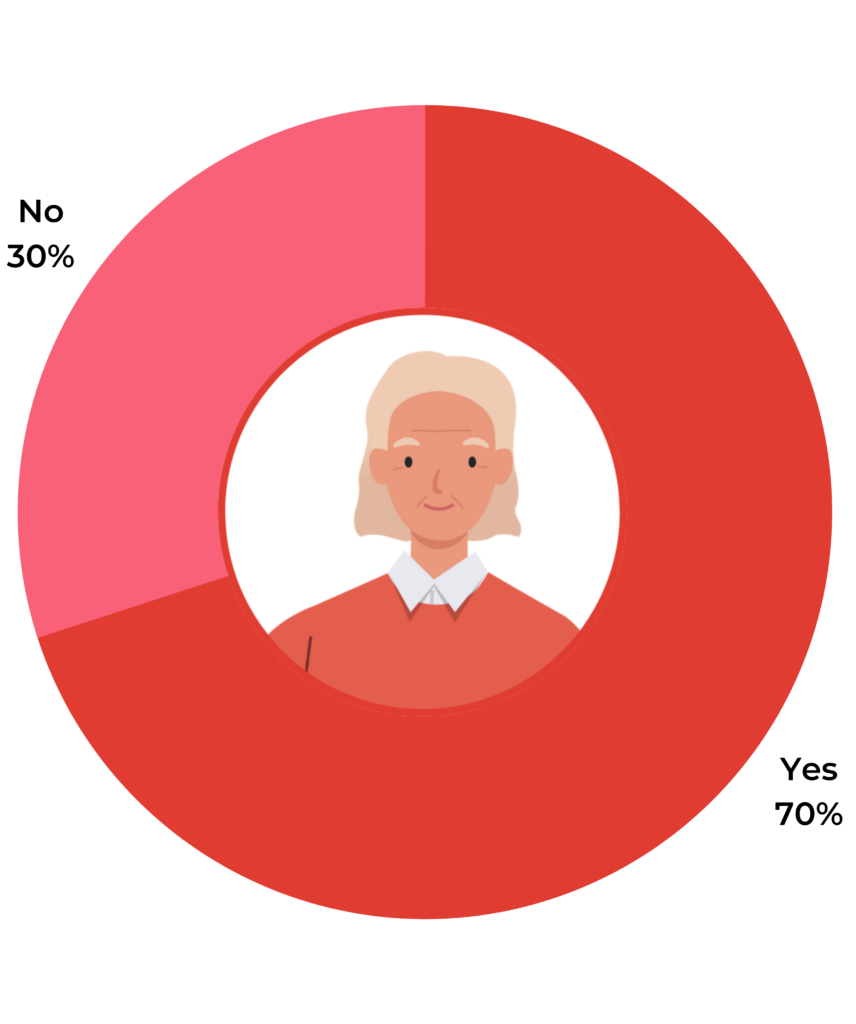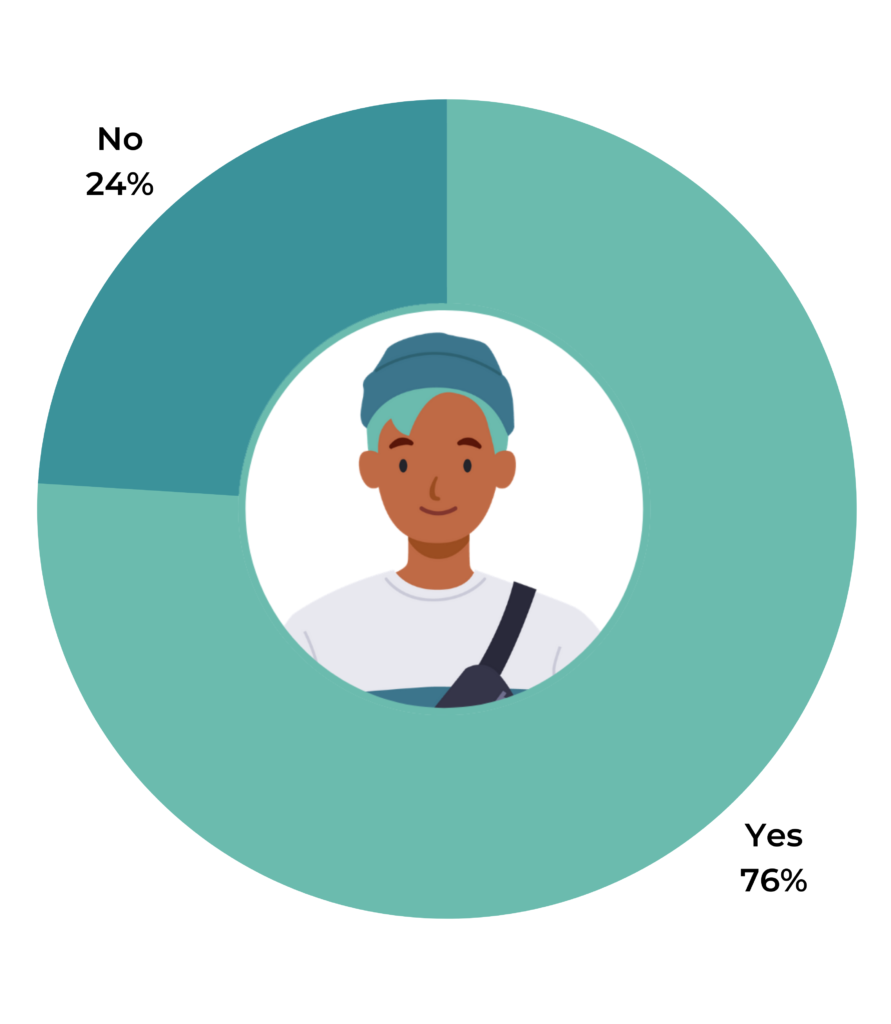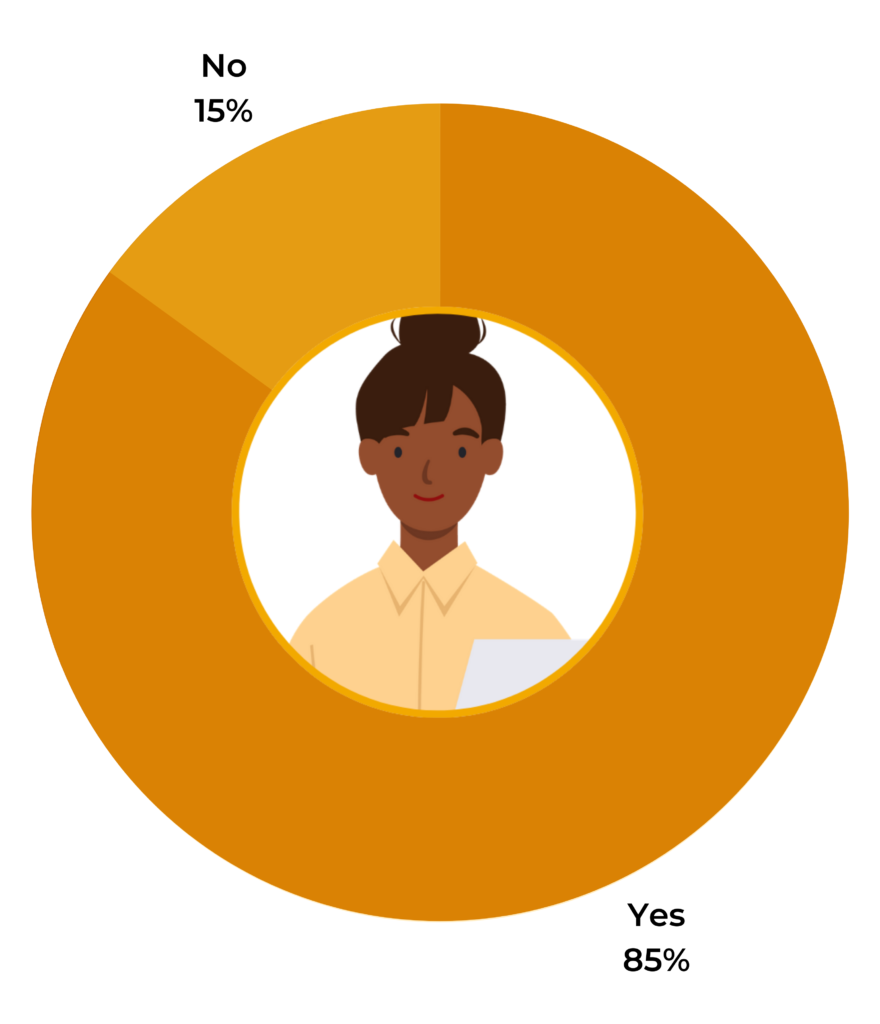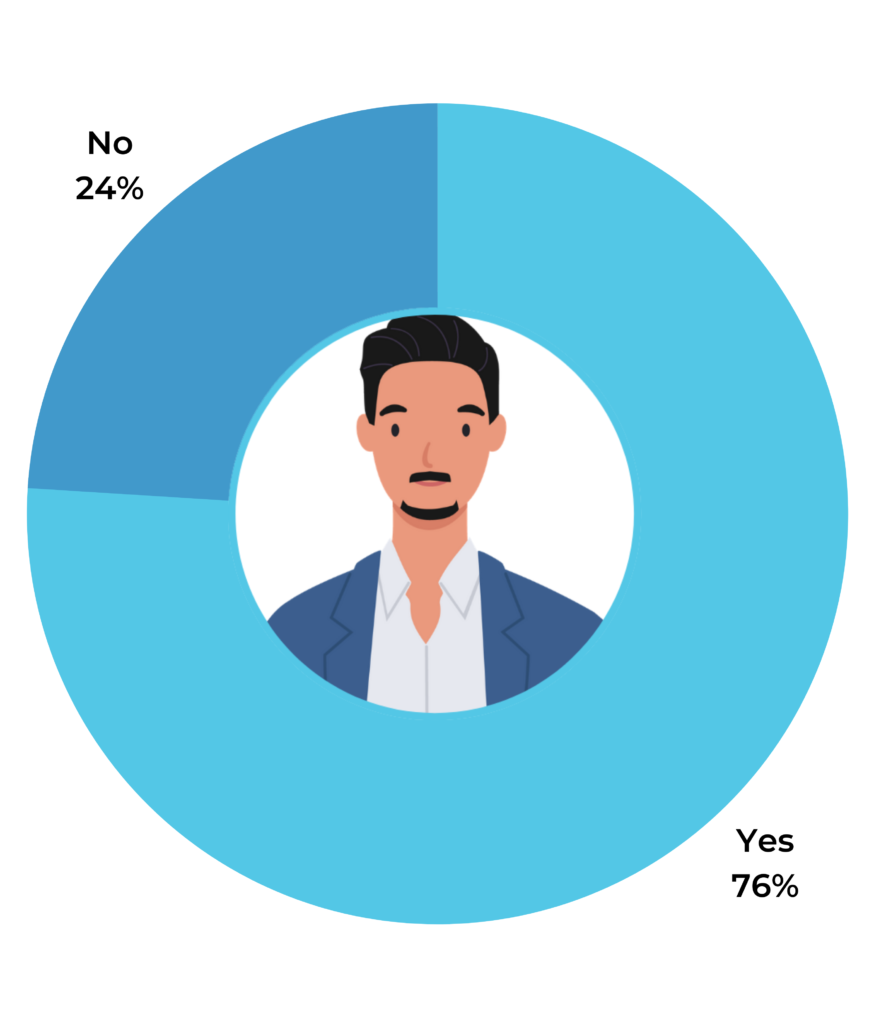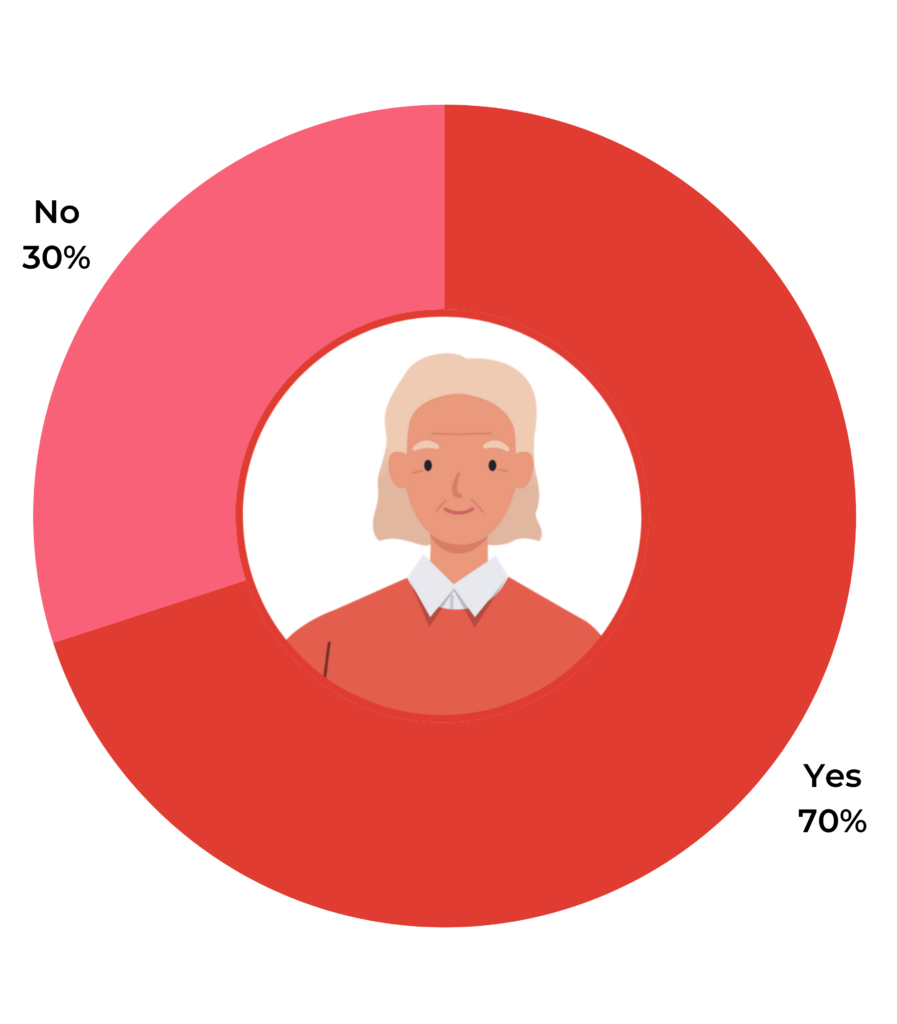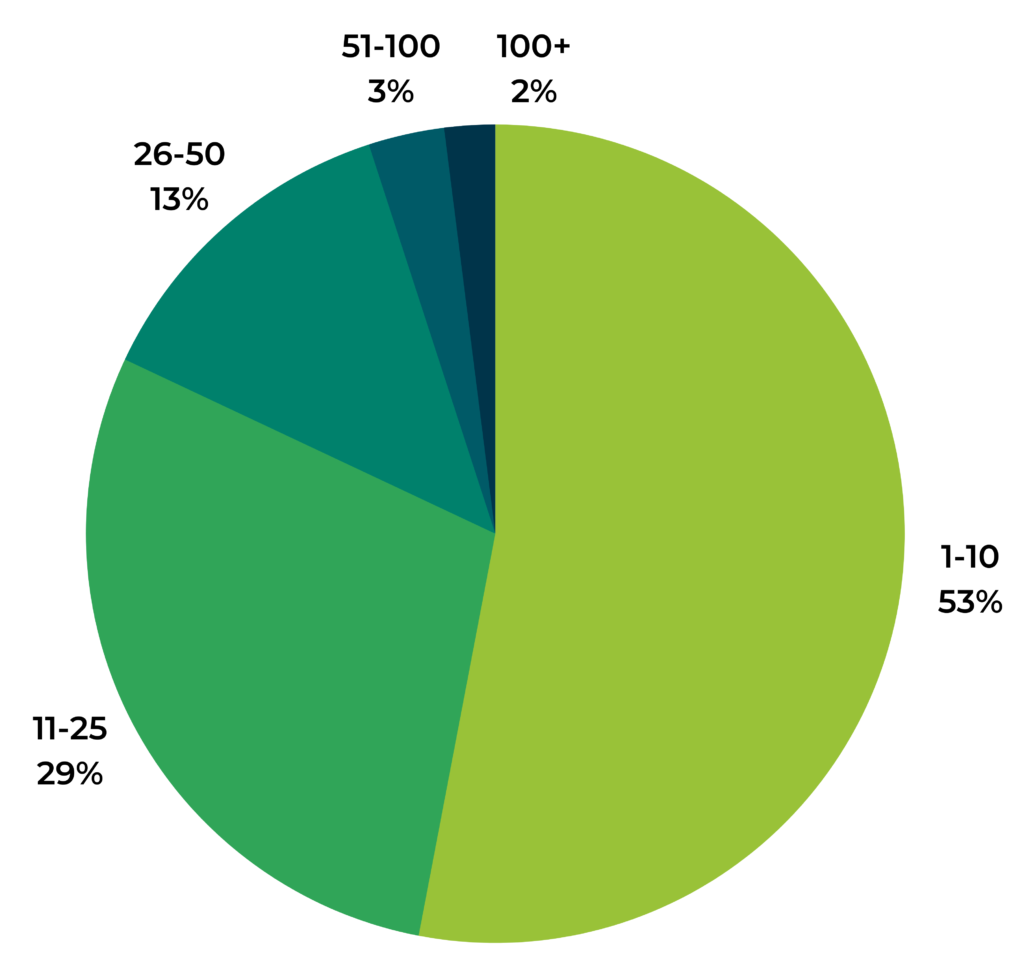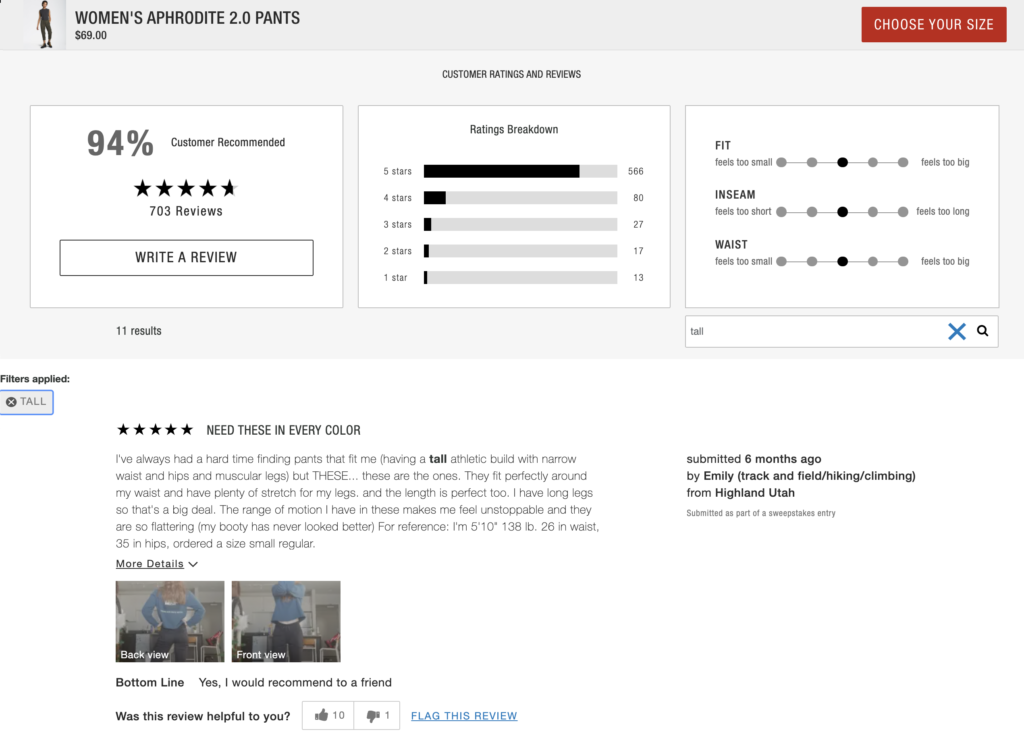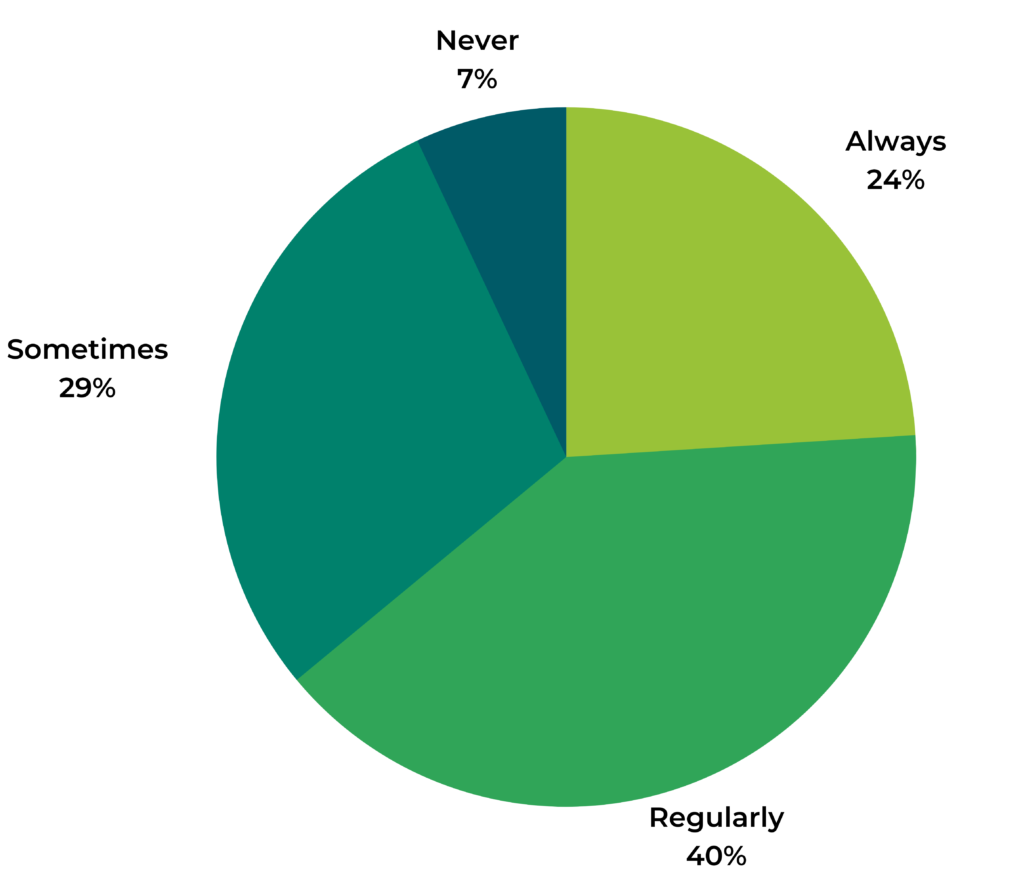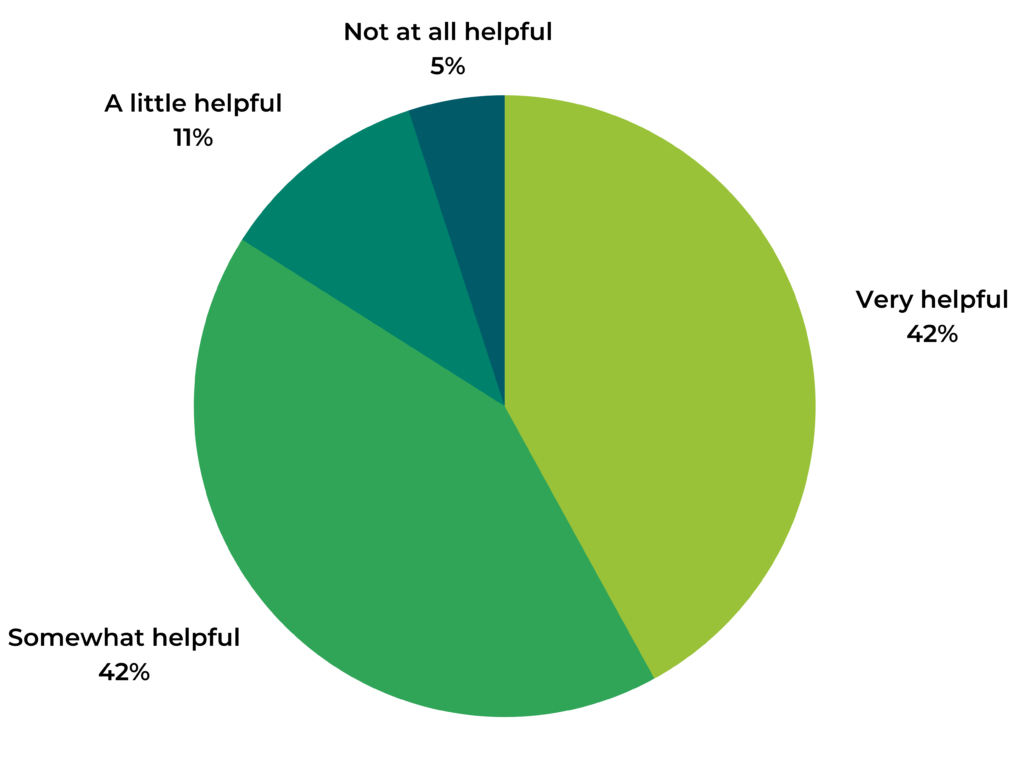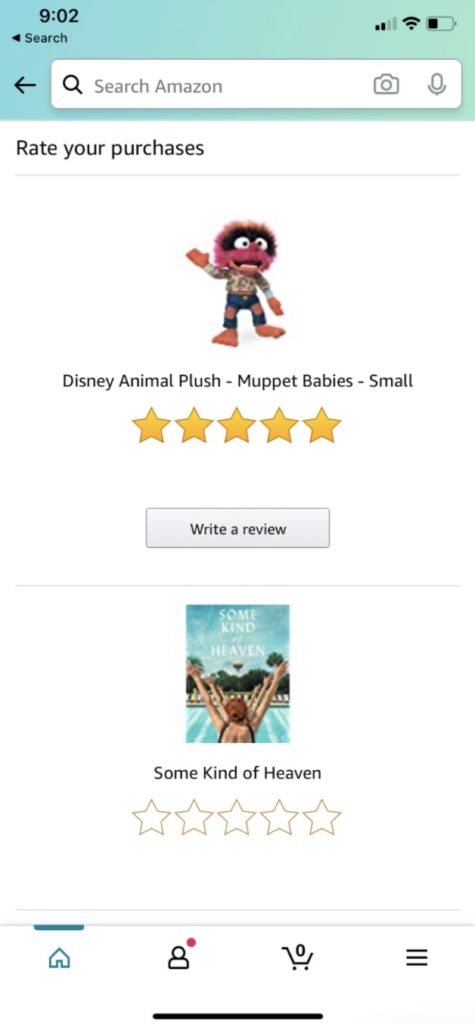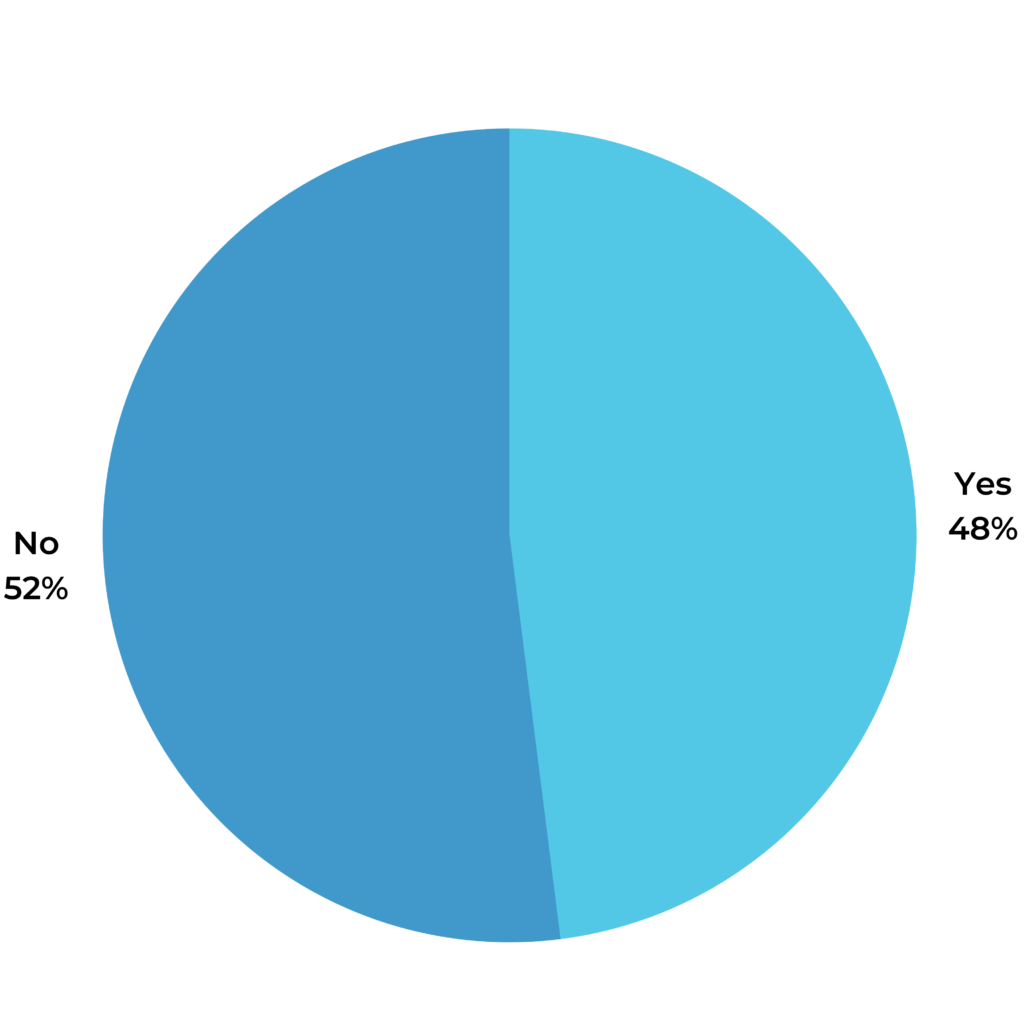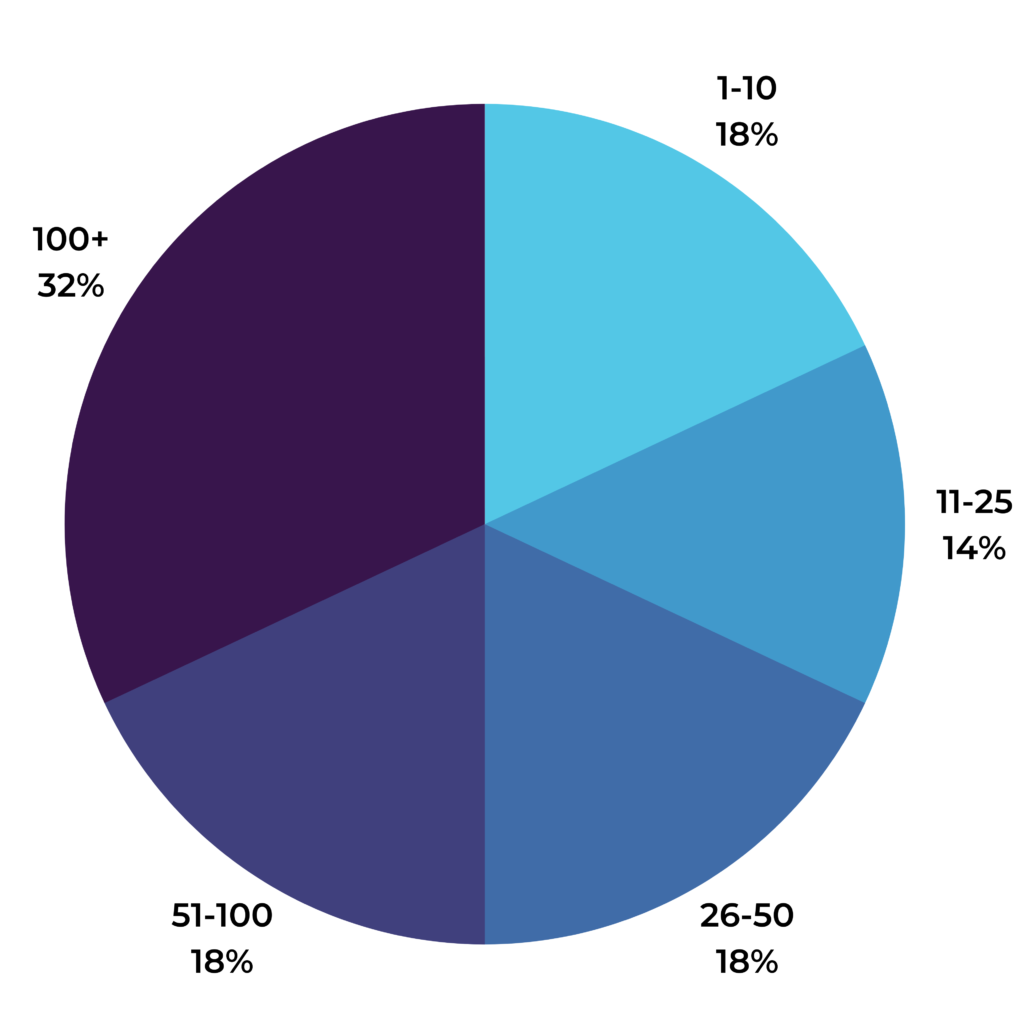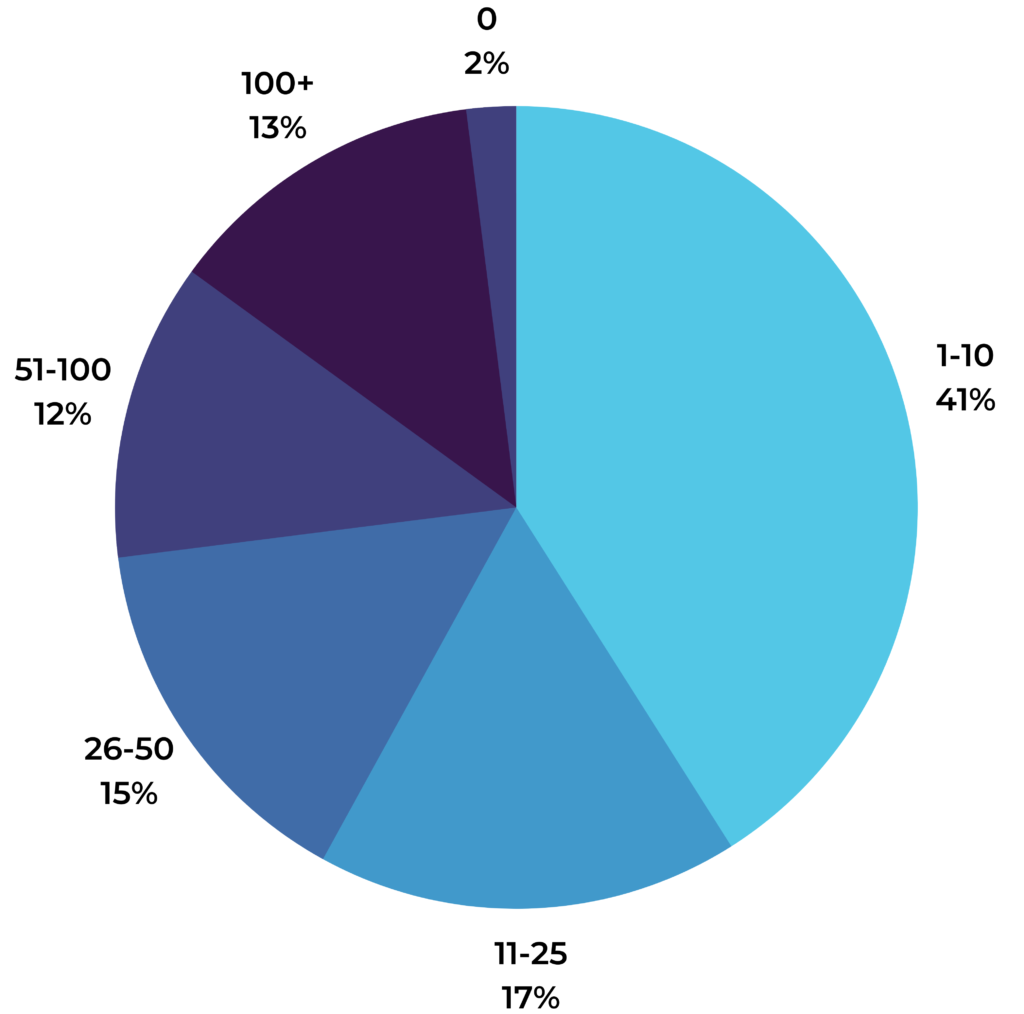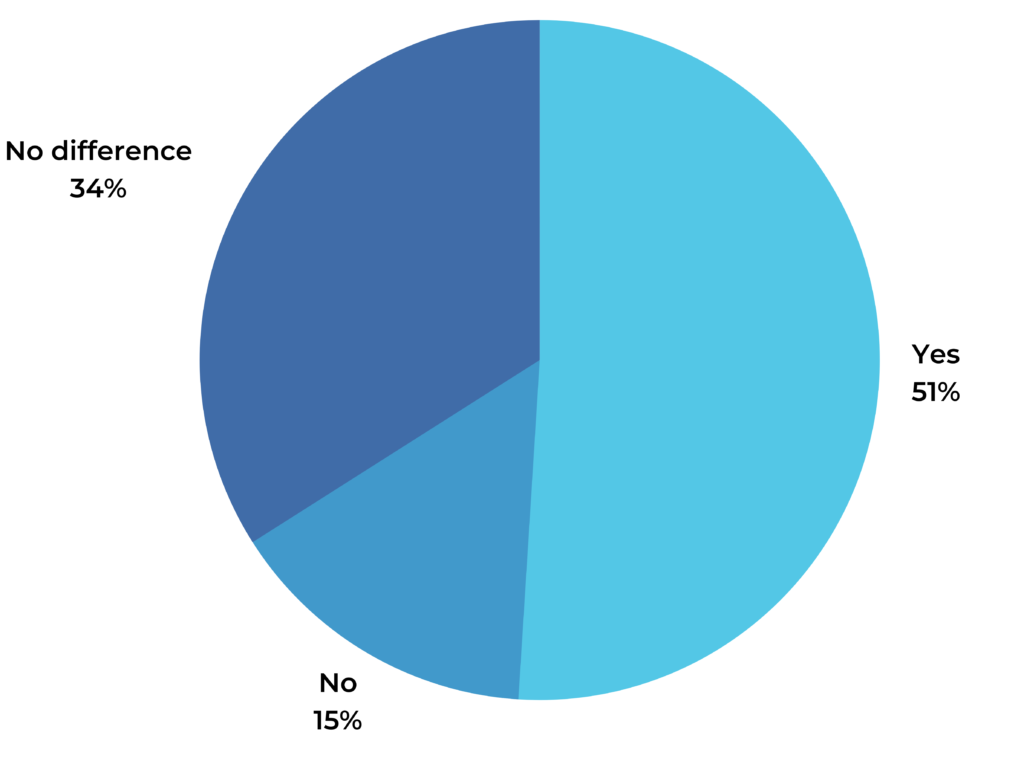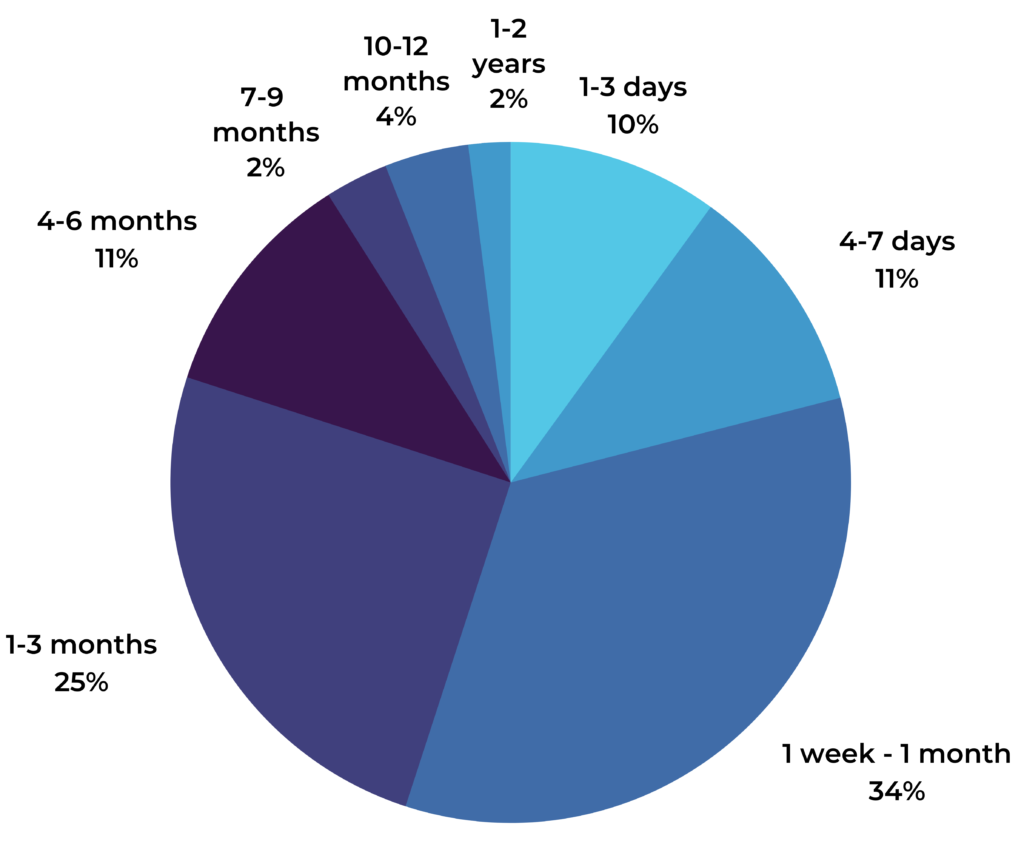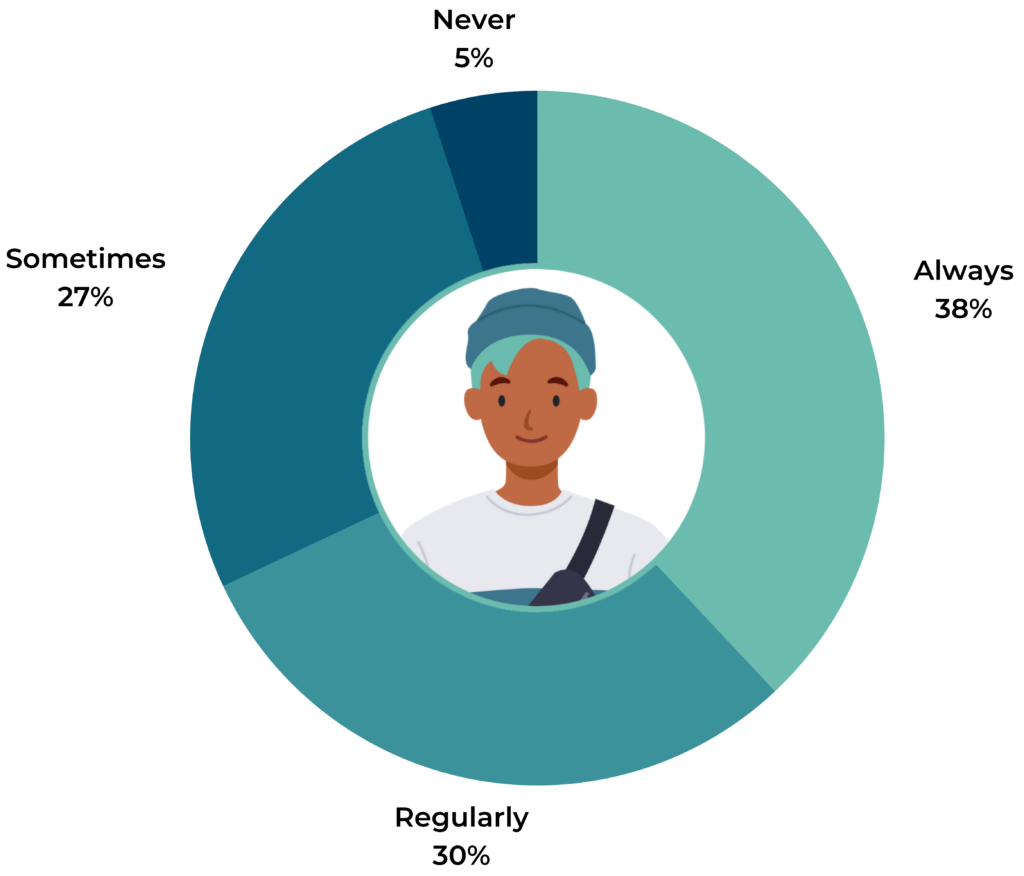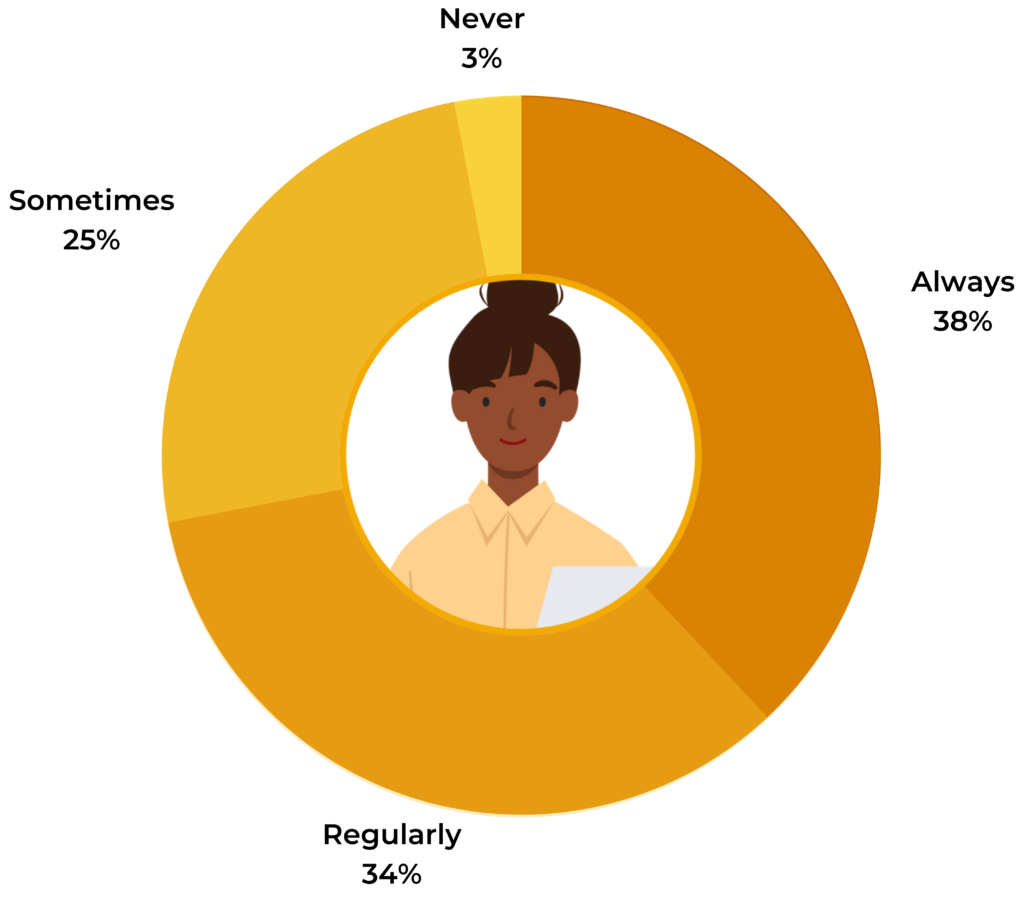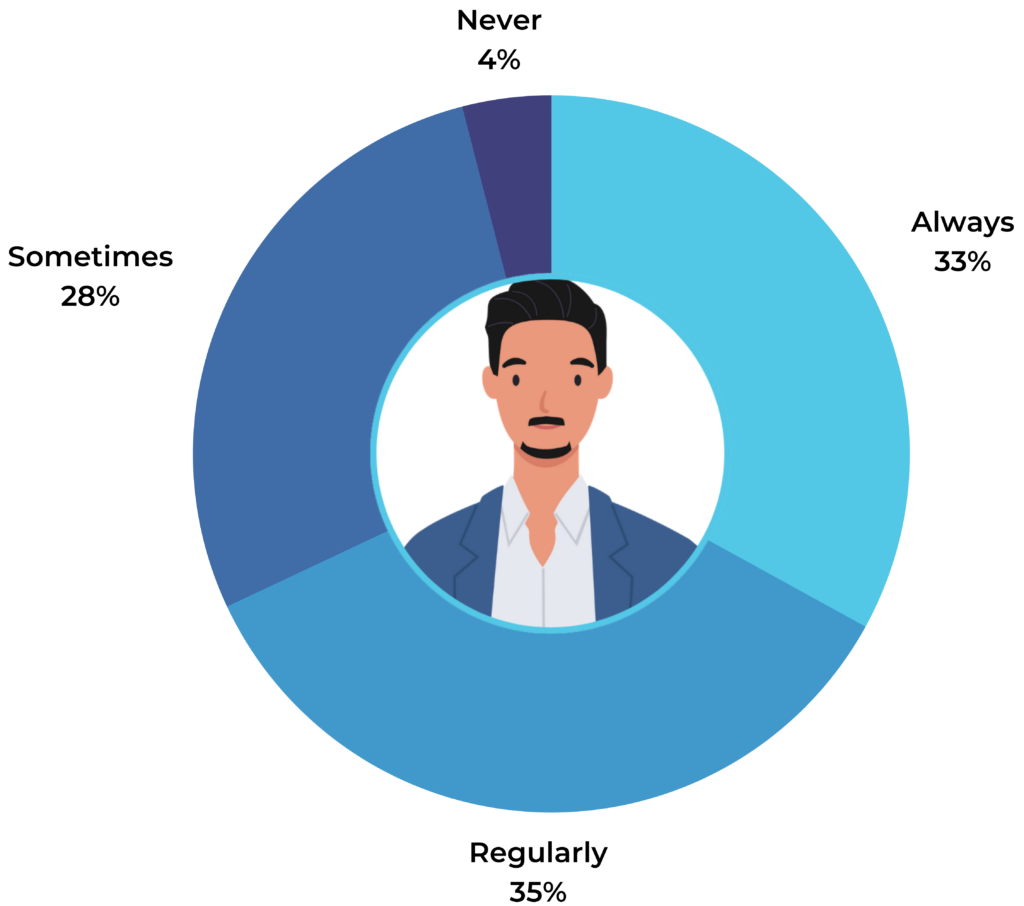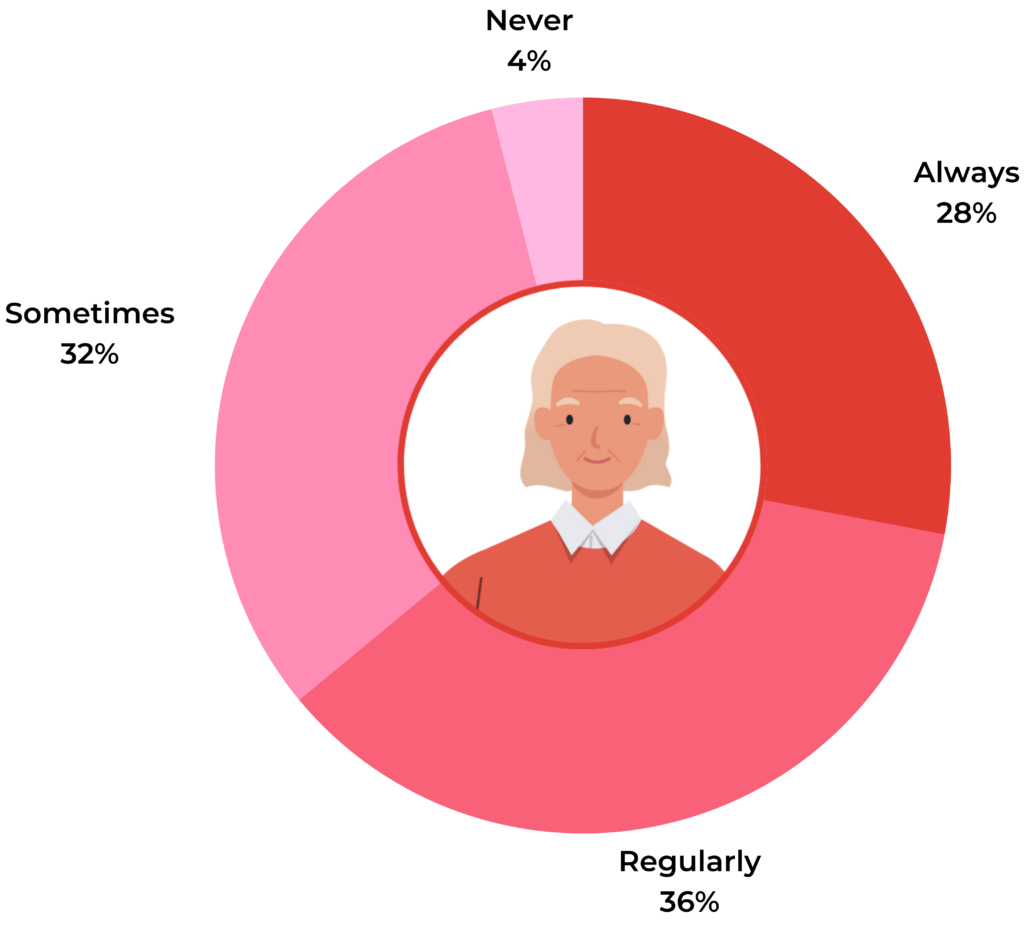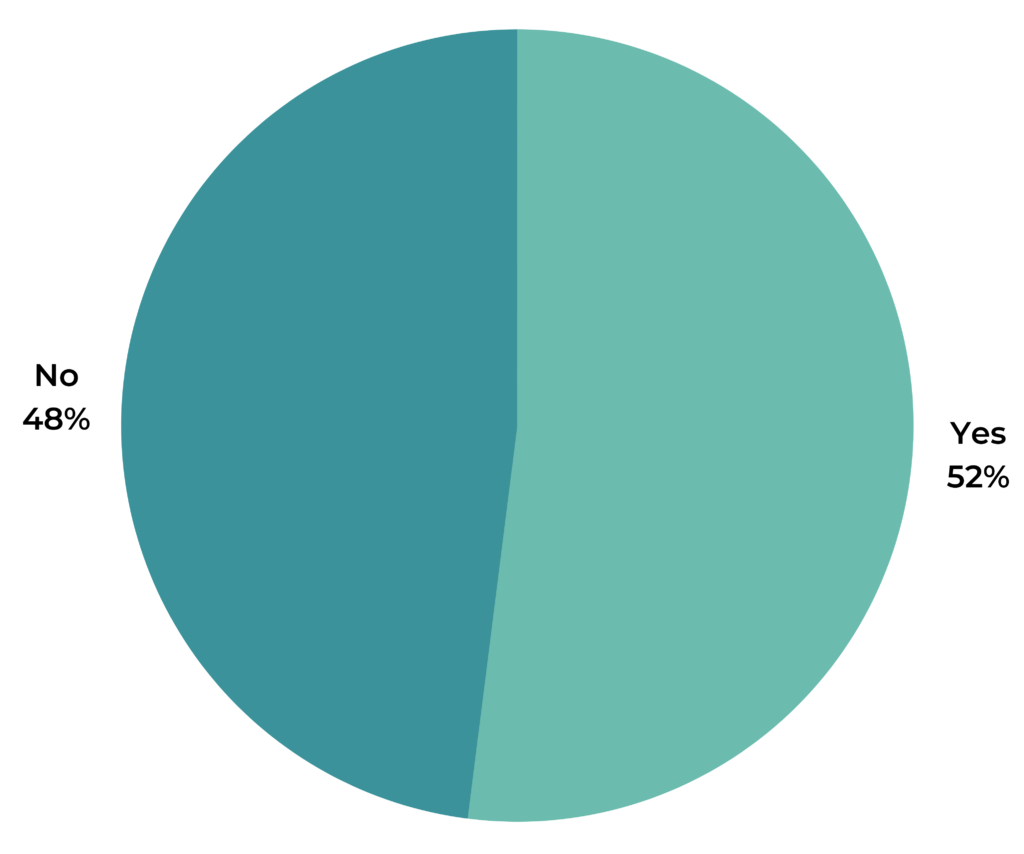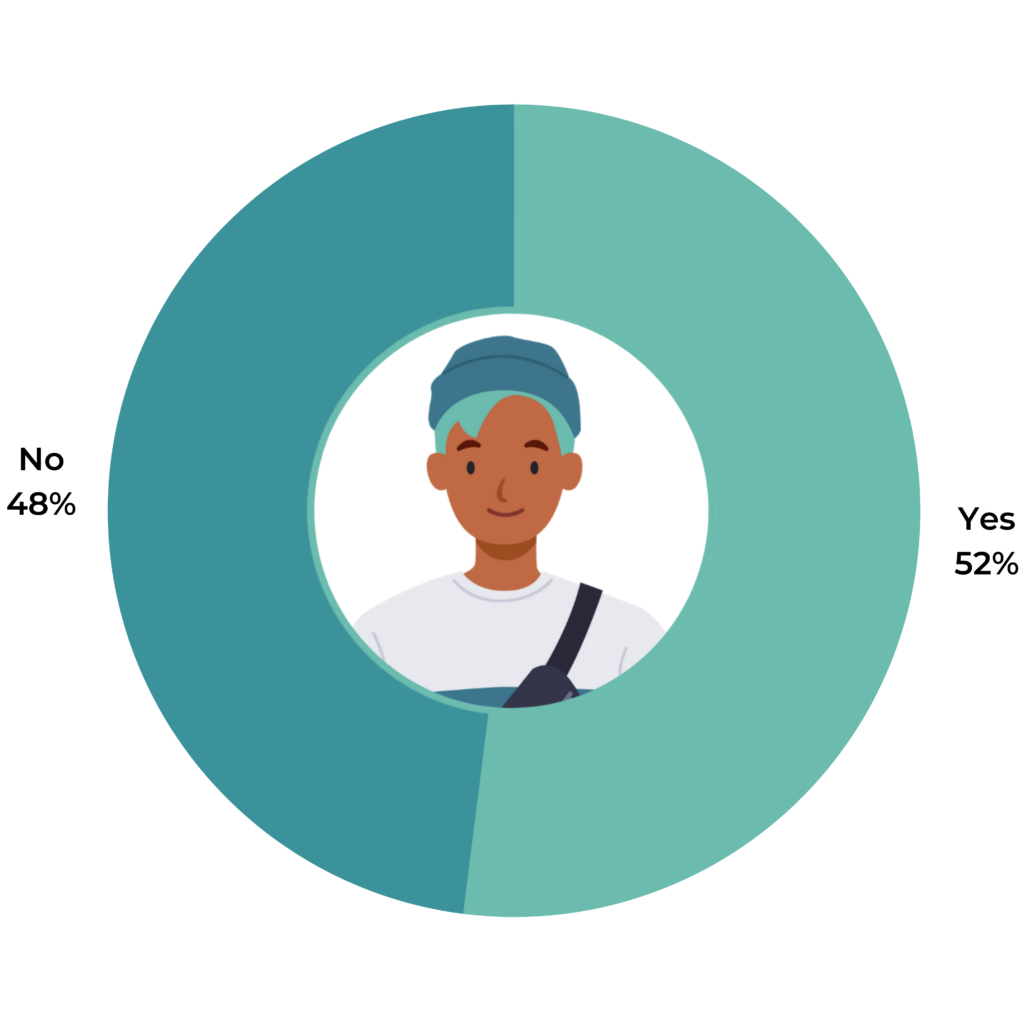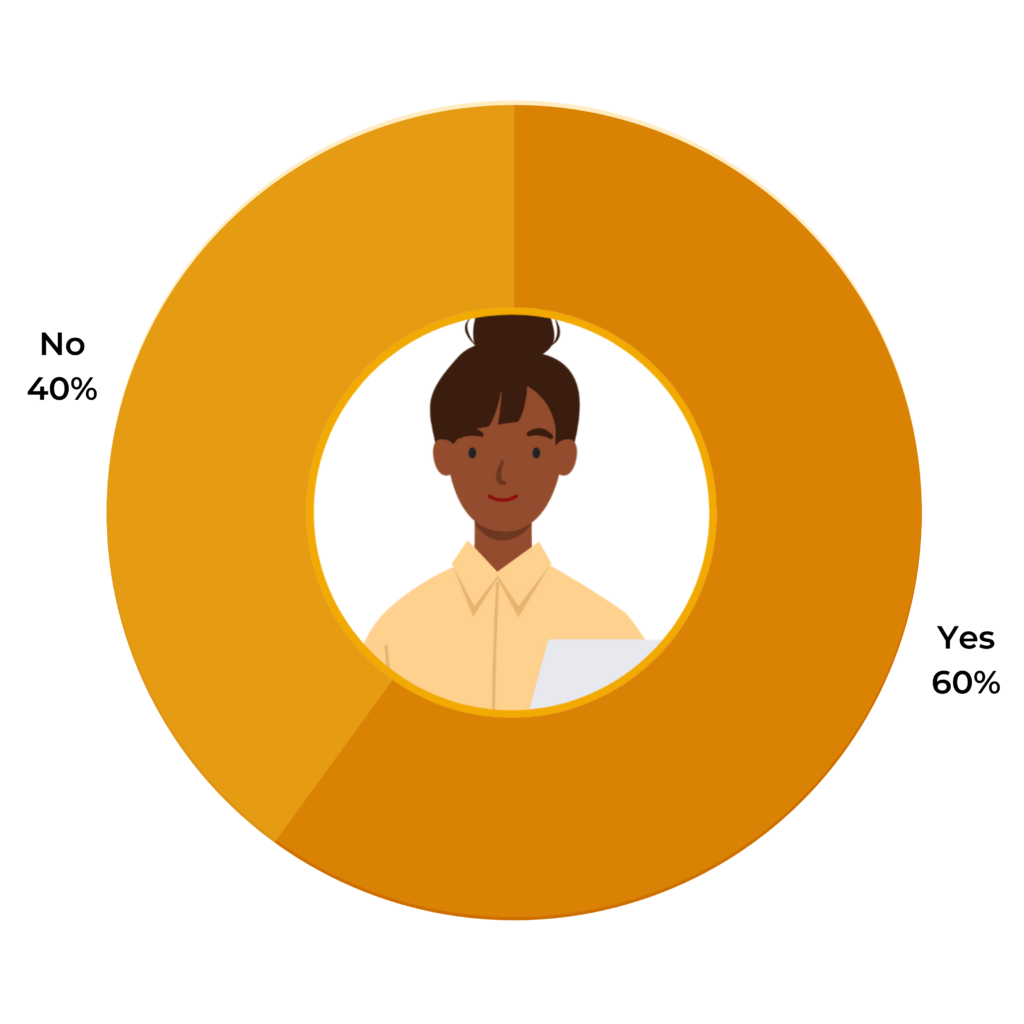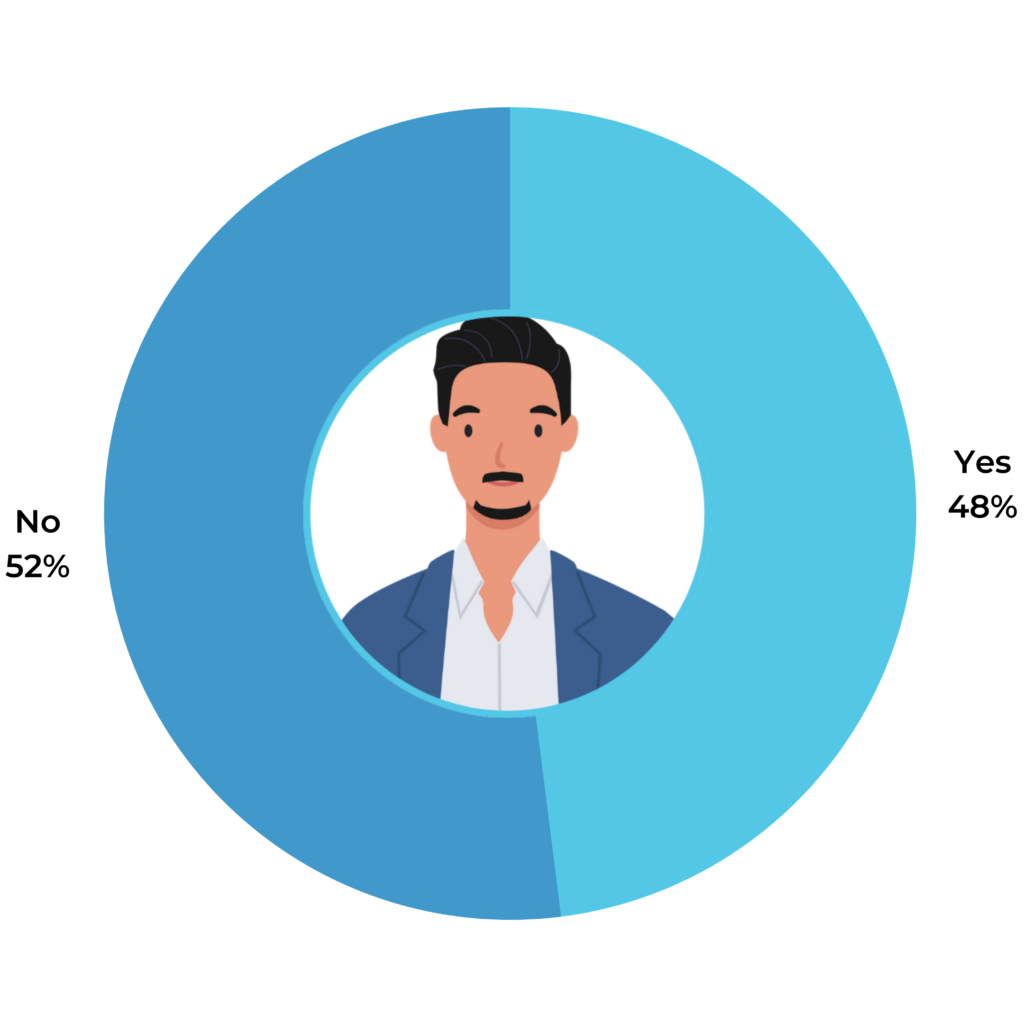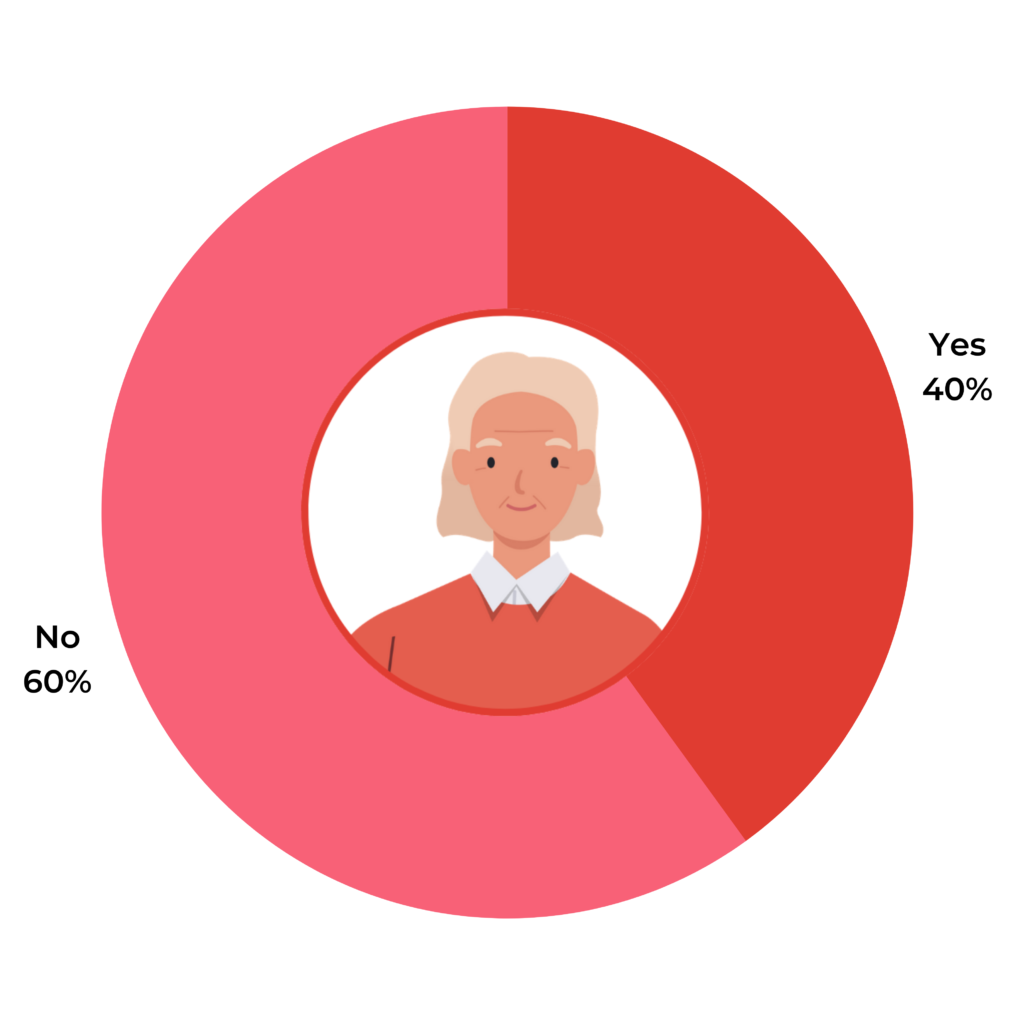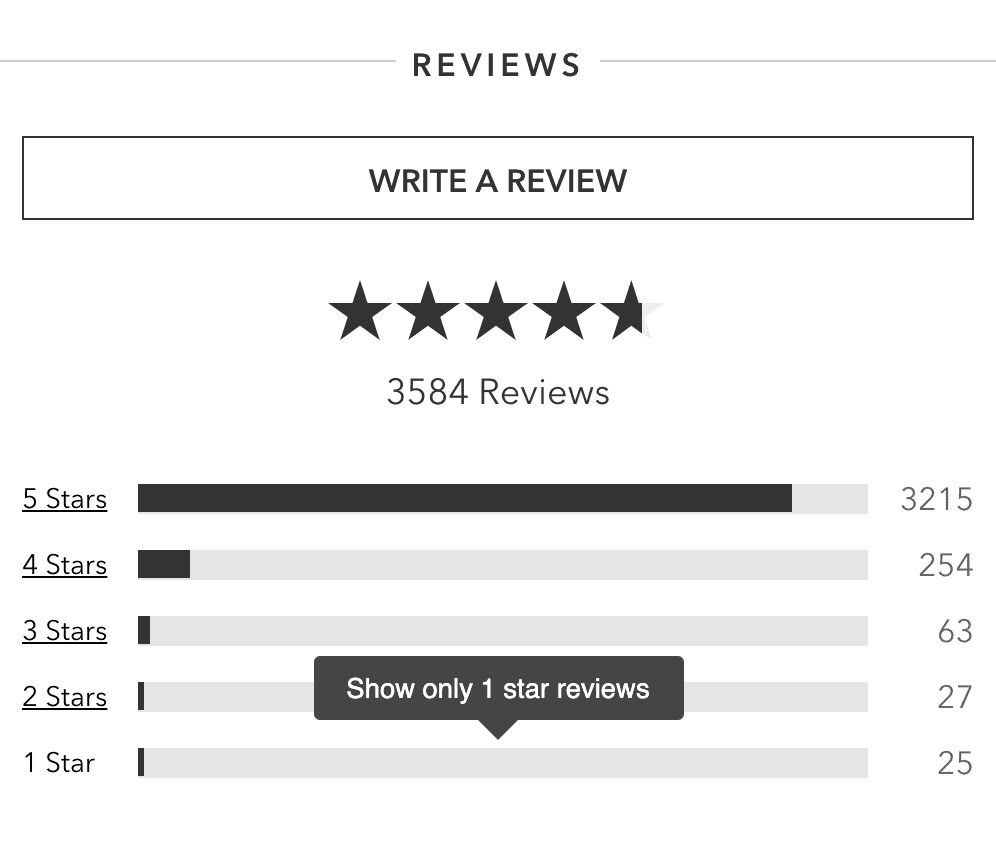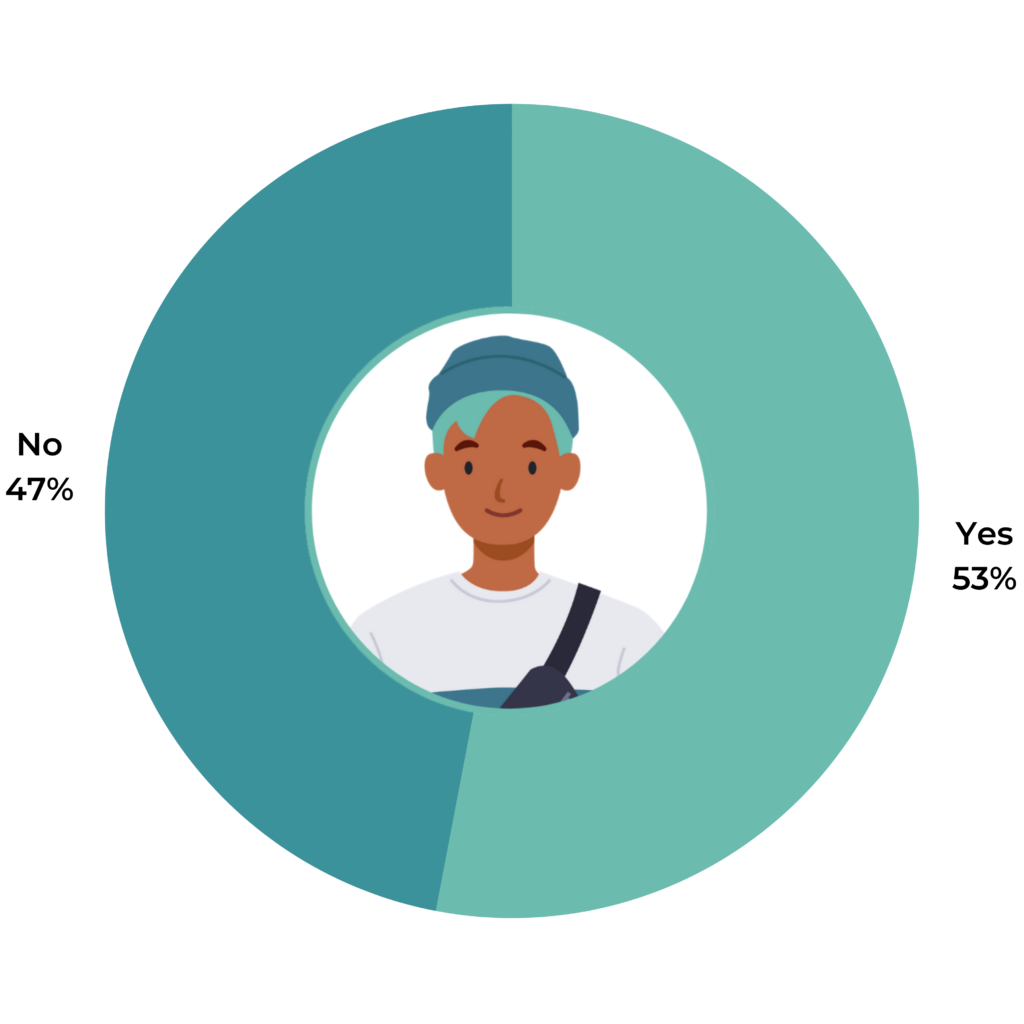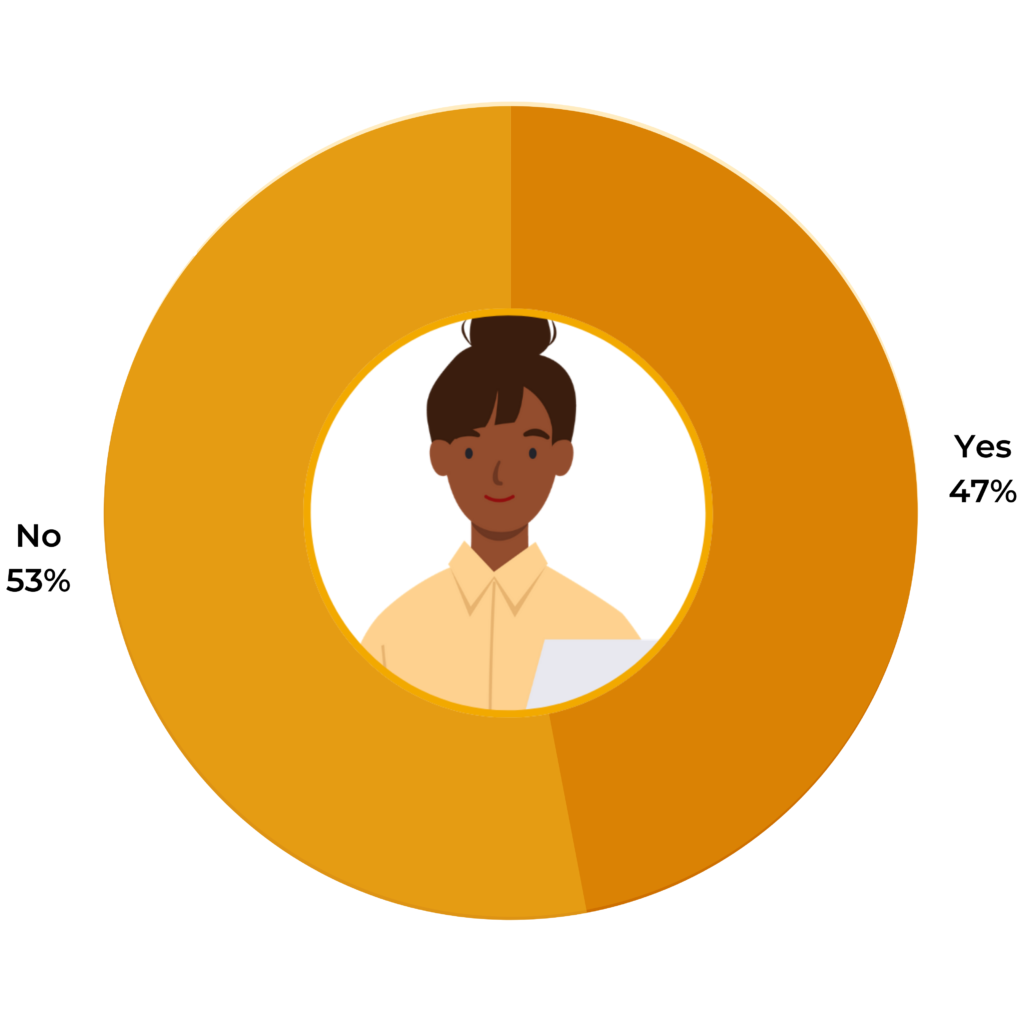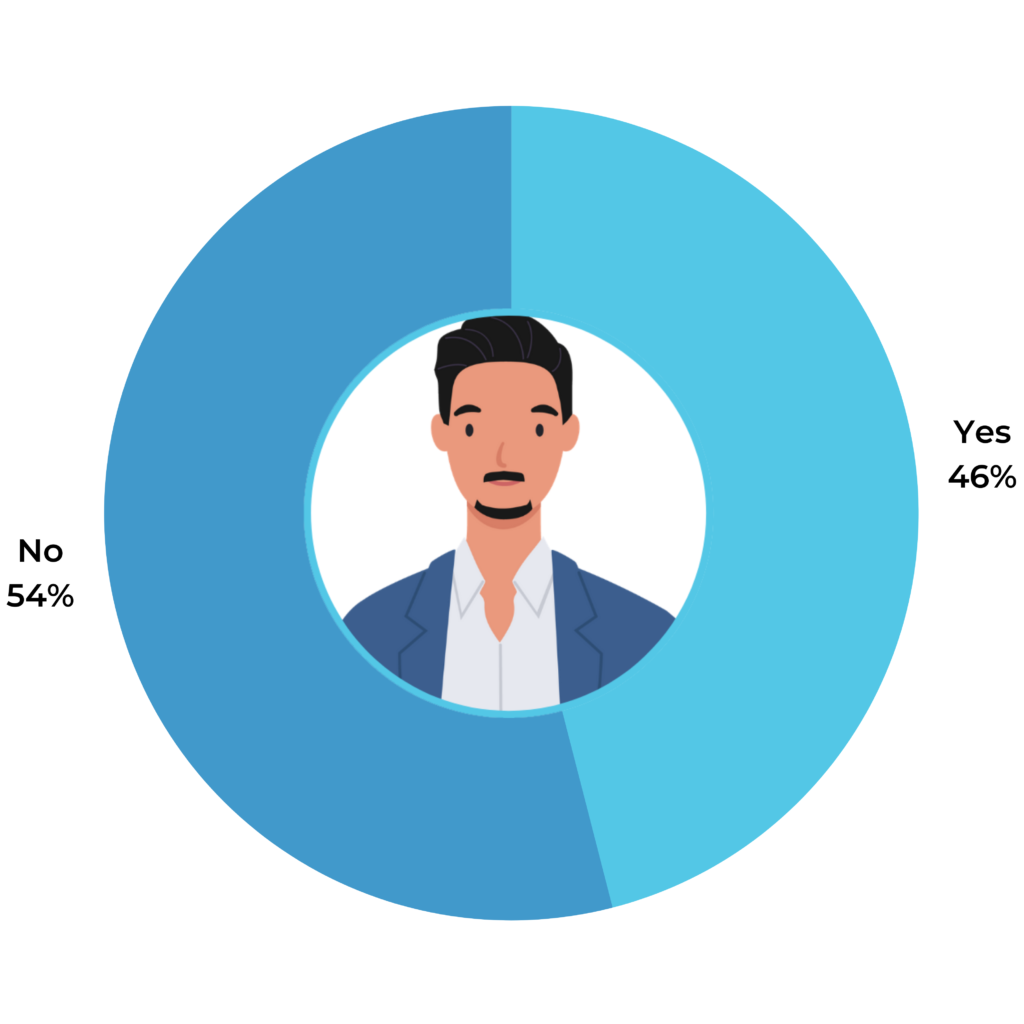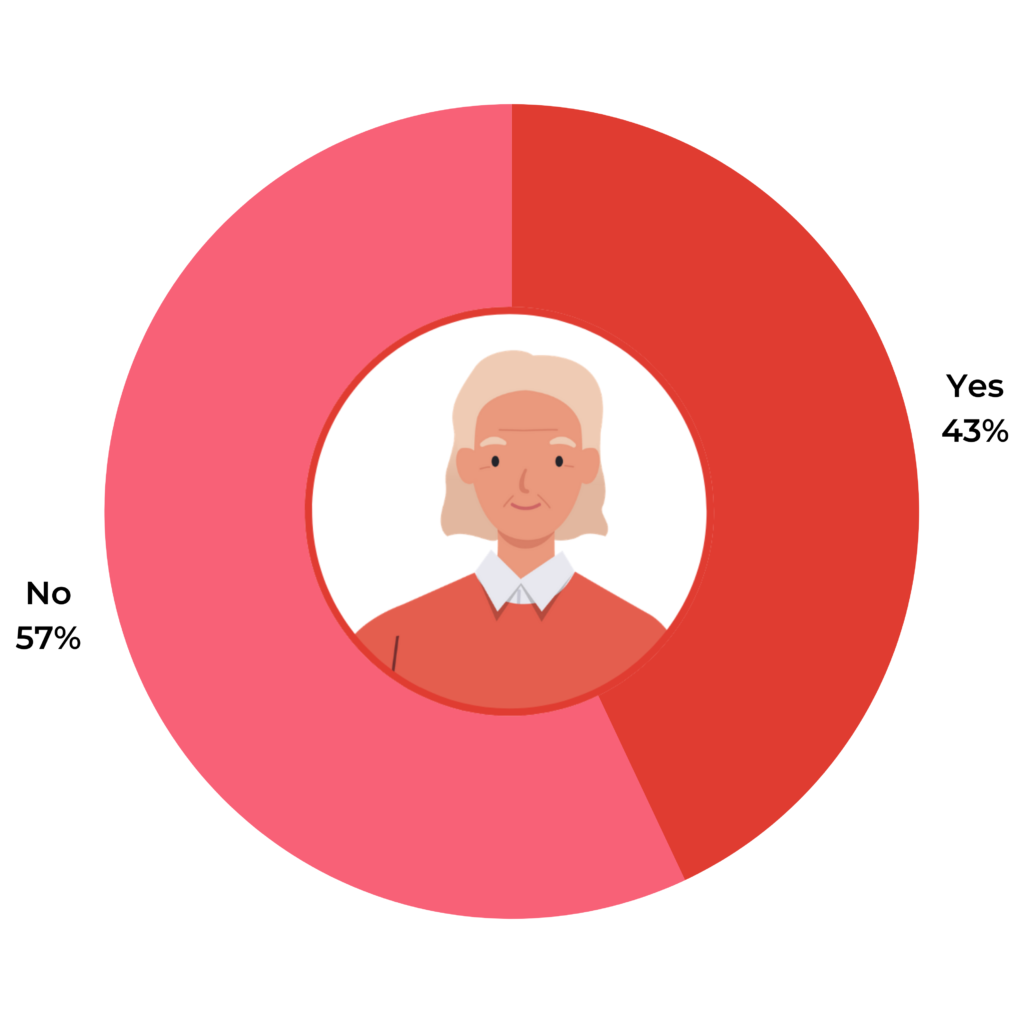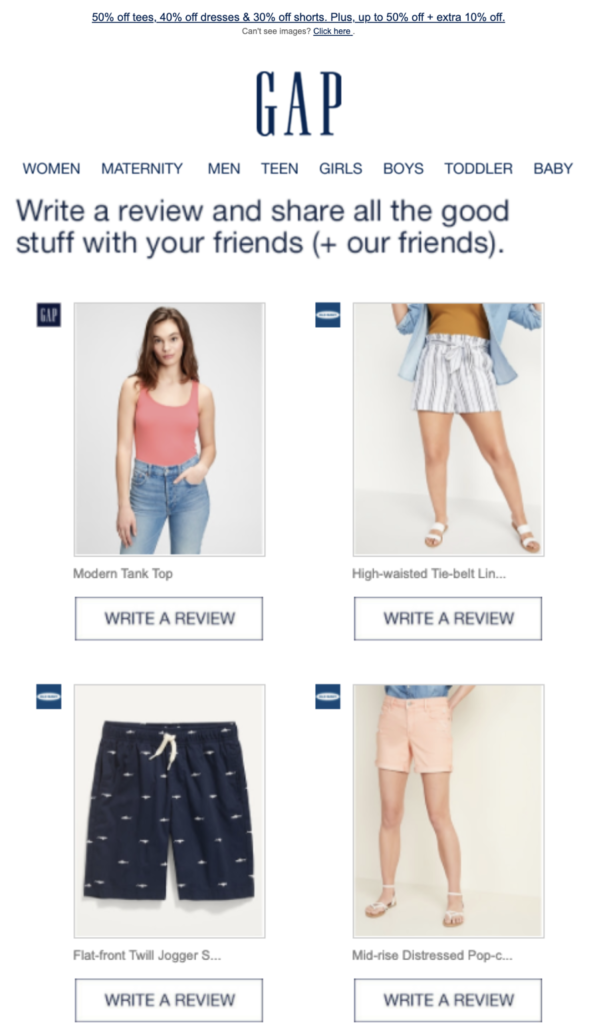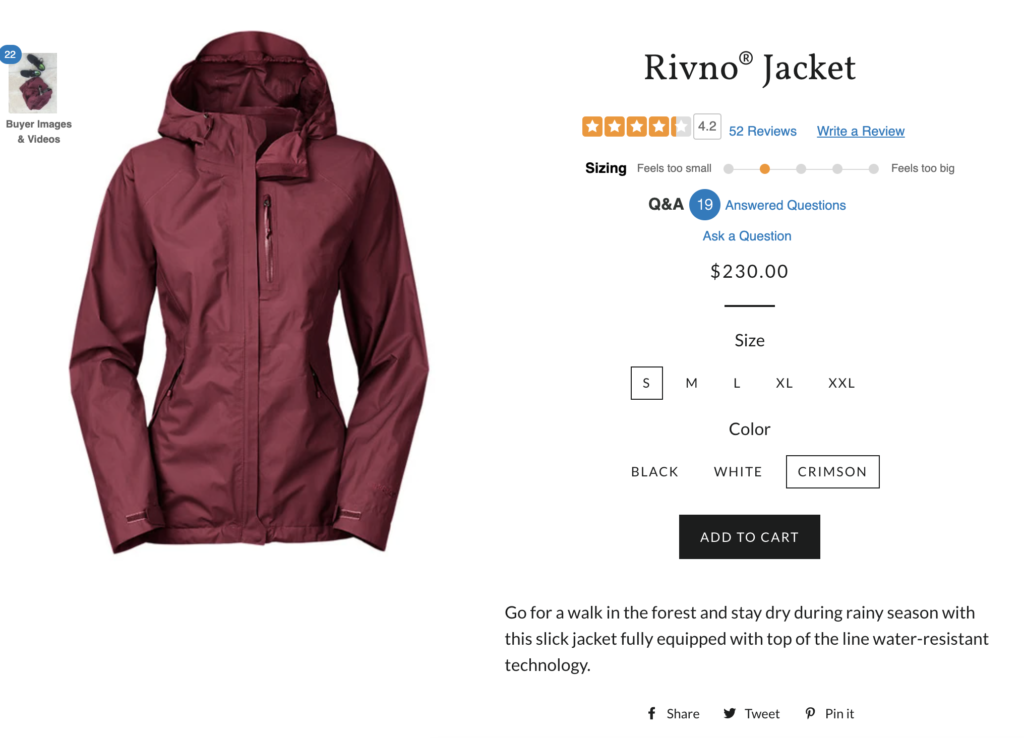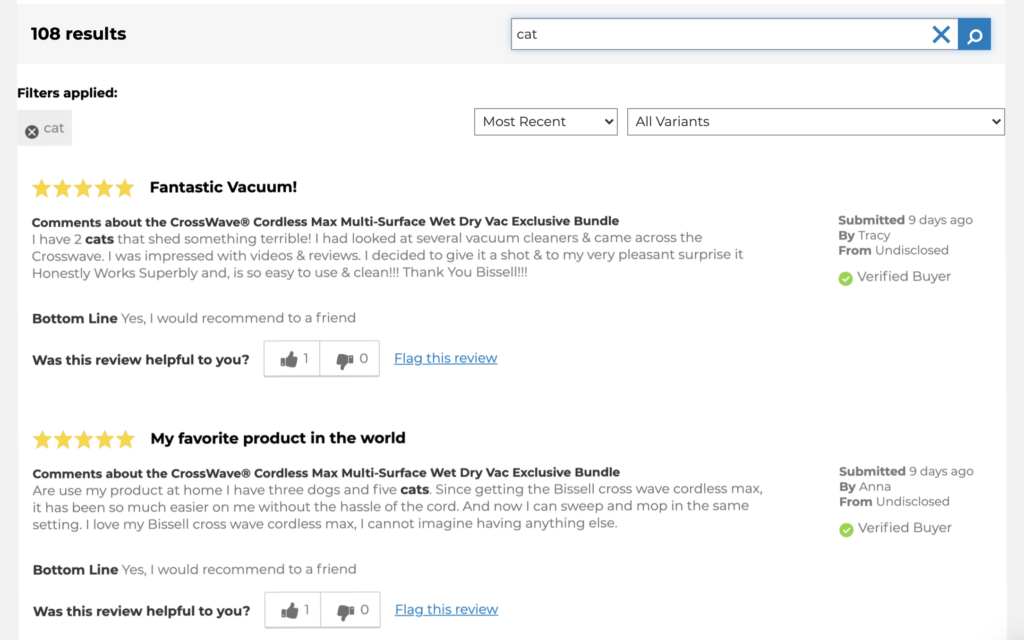Power Points
- The Google product reviews update does not impact the kind of reviews you have on your website, i.e. individual product reviews written by verified customers.
- The update targets affiliate-style blogs that review products, or lists of products, in a long-form article format. For example, articles with titles like “Best Drip Coffee Makers of 2021” or “2021’s Best Top Load Washing Machines, Reviewed.”
- At PowerReviews, we are focused on ensuring that the user-generated content we help you collect is authentic and helpful.
- Learn how our review displays are already engineered to satisfy Google’s requirements for useful, thoughtful, and detailed review content.
We know you’ve probably heard about a recent Google update concerning product reviews. It’s totally normal to get nervous whenever Google makes a big announcement.
But, if you’re a PowerReviews customer, there is no need to panic with this update.
Google’s product reviews update is targeting the kind of generic, unhelpful information you find in affiliate blogs and listicles, so that true product reviews — like what you have on your website — can come to the spotlight.
Read on as we break down what you need to know about Google’s product reviews update, how it impacts search and page rank, and how PowerReviews products are already set up to help you take advantage of this change.
What Is the Google Product Reviews Update?
The Google product reviews update targets affiliate-style blogs that review products, or lists of products, in a long-form article format. It is not targeting individual product reviews written by verified customers, like the kind you have on your website. That’s the key takeaway you need to know.
What is an affiliate blog, you may be wondering? Let us explain.
Affiliate blogs include links to all the products they review, with unique identifiers that help the retailer identify which clicks and purchases came from that blog. If a reader clicks on a link and buys the product, the company rewards the affiliate with cash. That’s why these blogs almost always have something vaguely positive to say about all of the products featured; it’s the best way for them to make money!
Think back to the last time you researched online to buy an important purchase, like a new TV or coffee maker. You may have been looking for an expert’s opinion on the top options out there. You may have found yourself reading an affiliate blog. The blog may have talked vaguely about what to look for when you compared products, and all the products kind of sounded the same.
We’ve all found ourselves reading one of these affiliate review blogs. They’re typically only somewhat helpful. In fact, many of them share the same information you’d find on a retailer’s website, which you could have found yourself!
This is exactly the kind of the content Google’s looking to catch with this product reviews update. Instead of promoting “thin content that simply summarizes a bunch of products,” Google is changing up their ranking algorithms to ensure that the affiliate blogs they feature were written by people who have actually used the products and can speak to them knowledgeably.
Google always aims to share the most up-to-date, helpful information with its users, which is why it rewards sites that have richer, more freshly updated content with higher rankings in the search results. (This is why reviews are so good for SEO!)
The bottom line: Google’s goal with this update is to ensure that when people look up blogs and review articles online, the content they find is written by experts who have deep knowledge of the industry, and have actually held the products they’re reviewing in their hands and used them. Google is not targeting user reviews of individual products like those found on your product landing pages.
How We Ensure Authenticity and Helpfulness at PowerReviews
Even though Google’s product reviews update has no impact on the types of review content we support here at PowerReviews, we’re vigilant about ensuring that the user-generated content we help you collect is authentic and helpful. We’re always brainstorming new ways to ensure your reviews convey a level of thoughtfulness and detail that give people actionable information. In other words — the kind of content that Google’s working to protect and promote.
It all starts with our Review Displays. We’ve designed them to be flexible, so we can easily adapt them to precisely fit the needs of your customer base. You can add different filters and review fields, from the pros and cons for a product to identifying information about the reviewer. This level of detail allows your brand to provide what we call contextual reviews.
What Are Contextual Reviews?
Contextual reviews enable shoppers to hone in on the reviews from people just like them. They can find a review and say to themselves, “Hey, this person sounds just like me! That gives me more confidence that the product will work for me!”
Here’s what that looks like in action, using Estee Lauder’s Repair Serum as an example. This product has over 15,000 reviews. That’s certainly impressive, but it’s also way too many for shoppers to read. Fortunately, with just a few clicks, they can use the filters to narrow down to just a handful of reviews that are hyper-relevant to them:
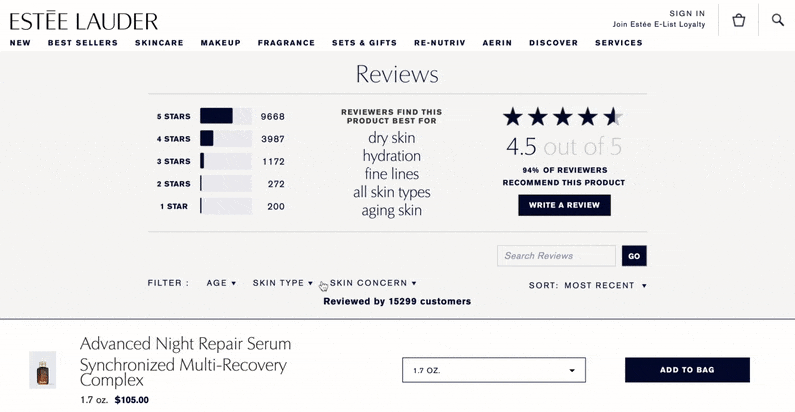
Google’s Product Reviews Update vs. PowerReviews:
Do We Pass the Test?
Google’s product reviews update targets affiliate-style blogs that review products or lists of products, not the customer reviews found on a retailer’s website. But, just for the heck of it, let’s see how our PowerReviews review display stacks up against Google’s guidelines, shall we?
In their announcement, Google challenged affiliate blogs to question whether their reviews satisfied the following guidelines. Here’s what they asked, and how PowerReviews passed (spoiler alert: we passed with flying colors!)
Do your reviews express expert knowledge about products where appropriate?
You know it! We ask reviewers to describe themselves (in terms of their preferences, demographics and so on), so customers can determine how much weight they should put behind a person’s reviews. For example, Sonos reviewers can identify as audiophiles (someone who’s clearly an expert in sound) or simply a casual listener.
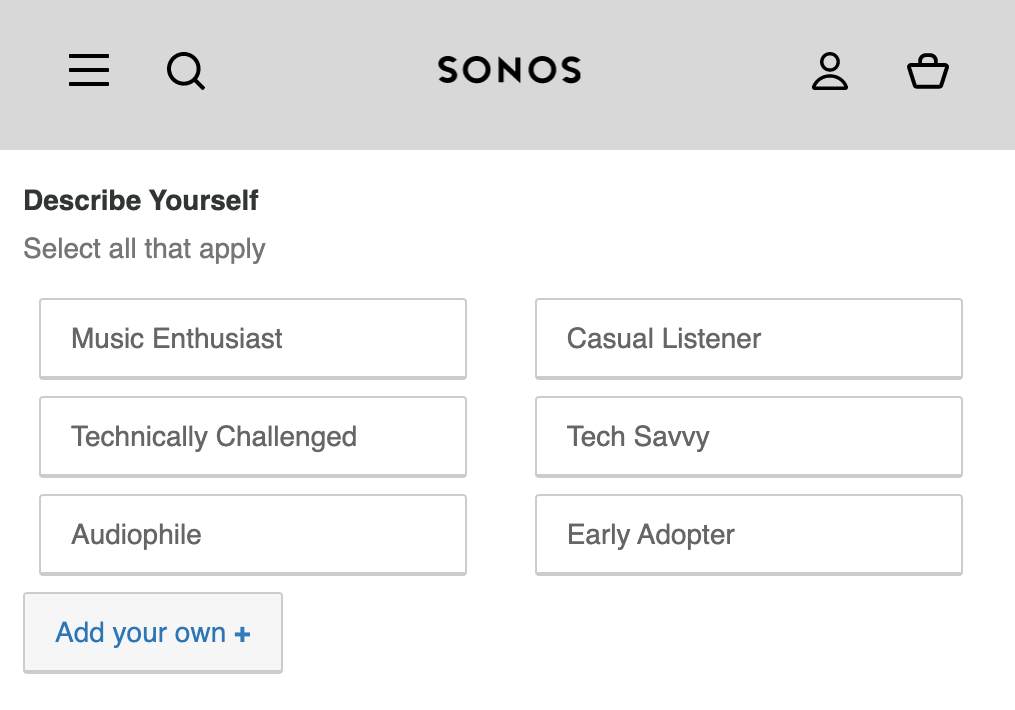
Do your reviews show what the product is like physically, or how it is used, with unique content beyond what’s provided by the manufacturer?
Check! Our Review Displays allow customers to upload multiple images and add captions. In the example below from REI, shoppers can clearly see the reviewer is an avid hiker, thanks to the caption she added about the mountain she hiked.
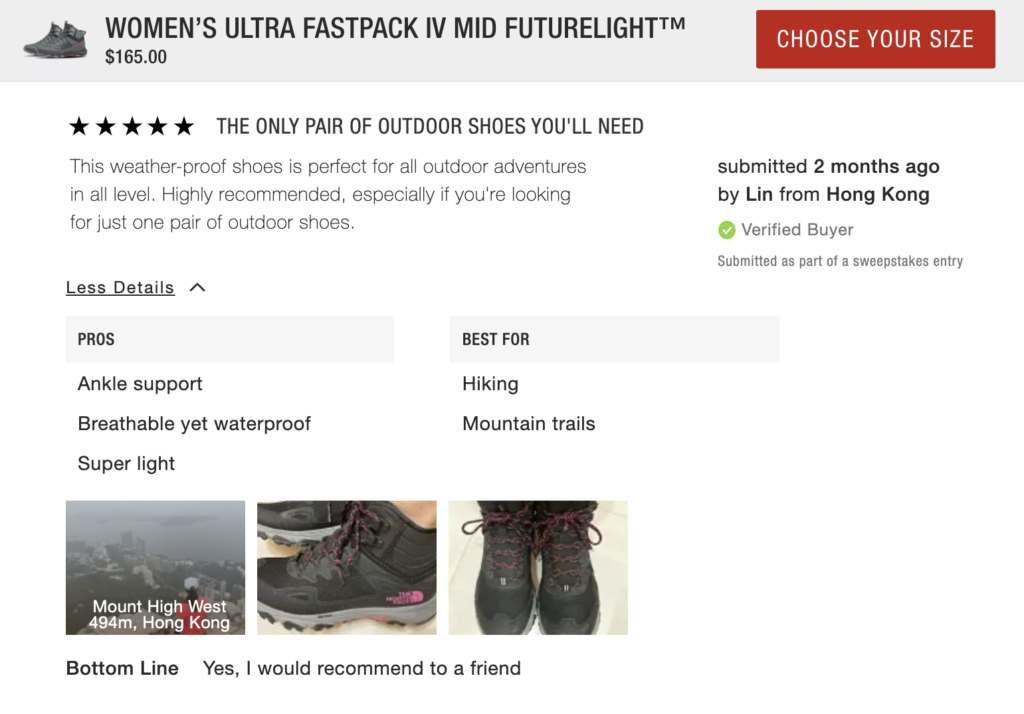
Do your reviews provide quantitative measurements about how a product measures up in various categories of performance?
Yes again! You can invite customers to list the best use cases for a product. Then, at a glance, customers can view tallies of how many reviewers ranked a product for a particular use case. Sonos shoppers can see that this speaker shines at multi-room audio:
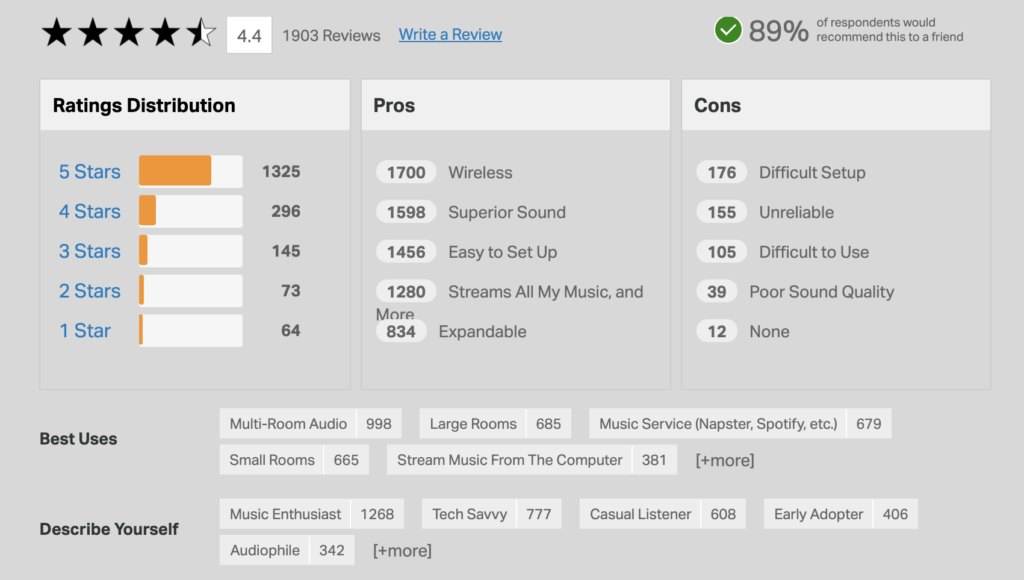
Do your reviews explain what sets a product apart from its competitors?
You betcha. Customers can use the open-ended review field to rave about what makes your product stand out. Canyon Bakehouse has won over gluten-free fans for making their bread taste like bread. Unlike other GF breads, it can be prepared various ways and always tastes great:

Do your reviews cover comparable products to consider, or explain which products might be best for certain uses or circumstances?
Check! Reviewers can discuss their favorite product, and compare and contrast it with your other products to help others find the best one for their needs. For a health shake like Vega, shoppers can also identify whether they prefer having theirs as a daily smoothie, on the go, or pre- or post-workout:
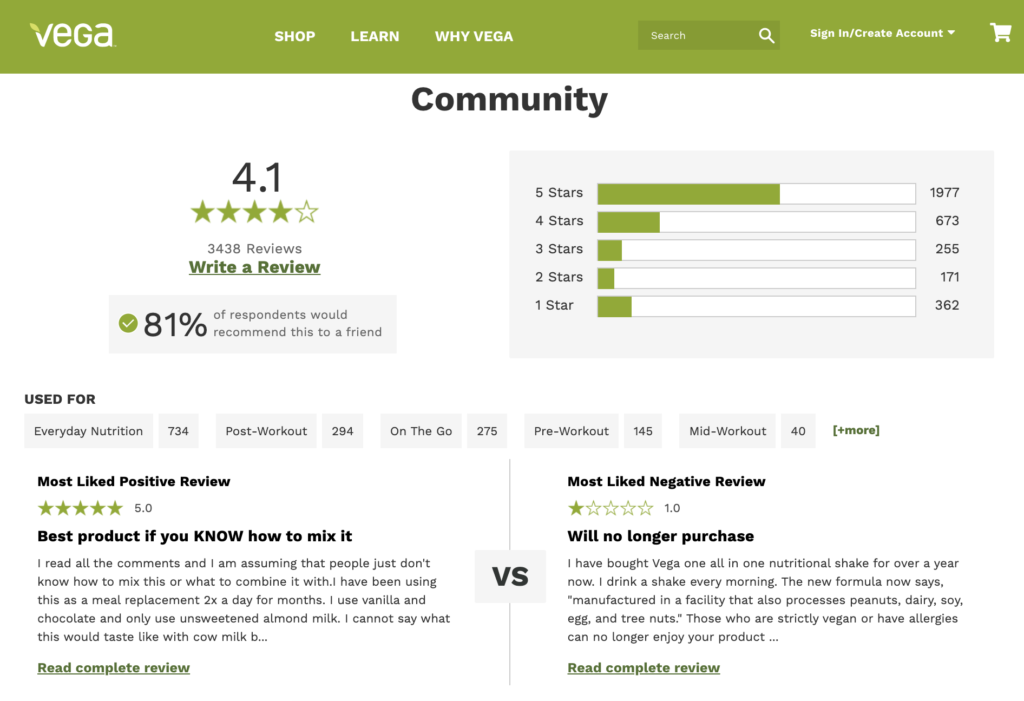
Do your reviews discuss the benefits and drawbacks of a particular product, based on research into it?
Yes, yet again. Reviewers can select from a list of pros and cons, so shoppers can see at a glance how well a product stacks up on everything that matters to them:
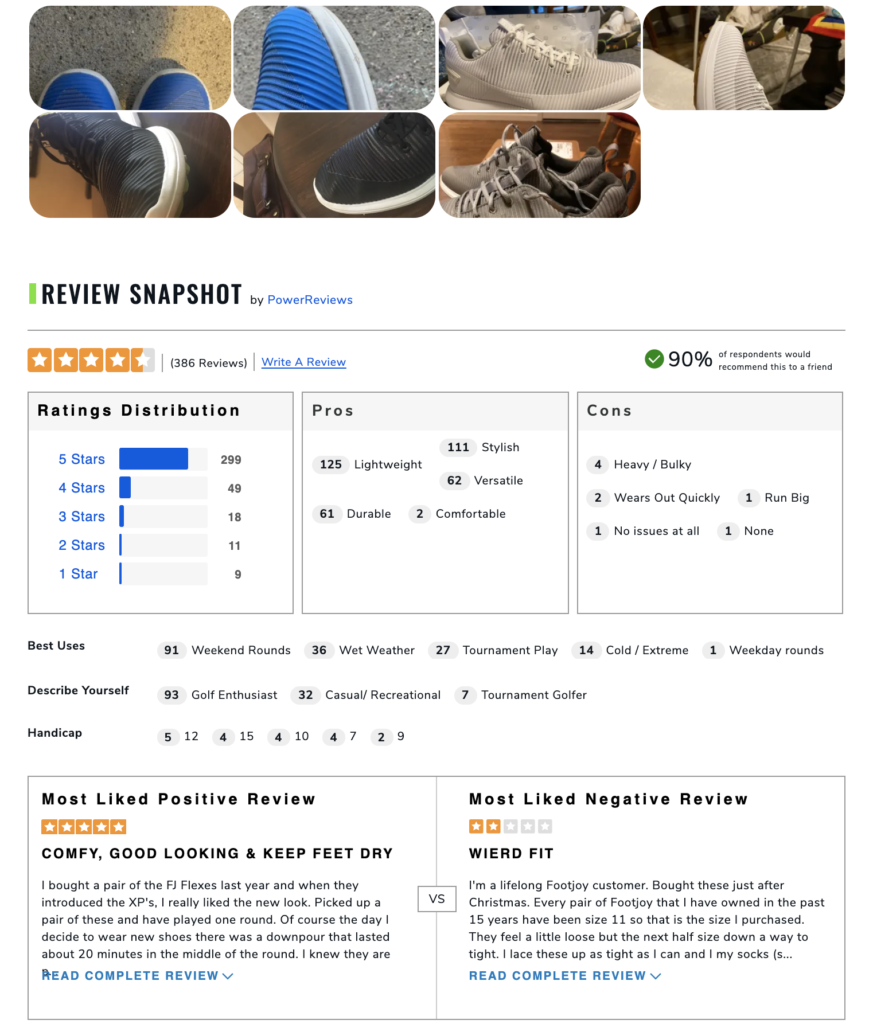
Do your reviews describe how a product has evolved from previous models or releases to provide improvements, address issues, or otherwise help users in making a purchase decision?
Absolutely. This is what Q&A was made for! Use your Q&A to respond to people’s questions and help them understand the best product for their needs, like Duraflame does:
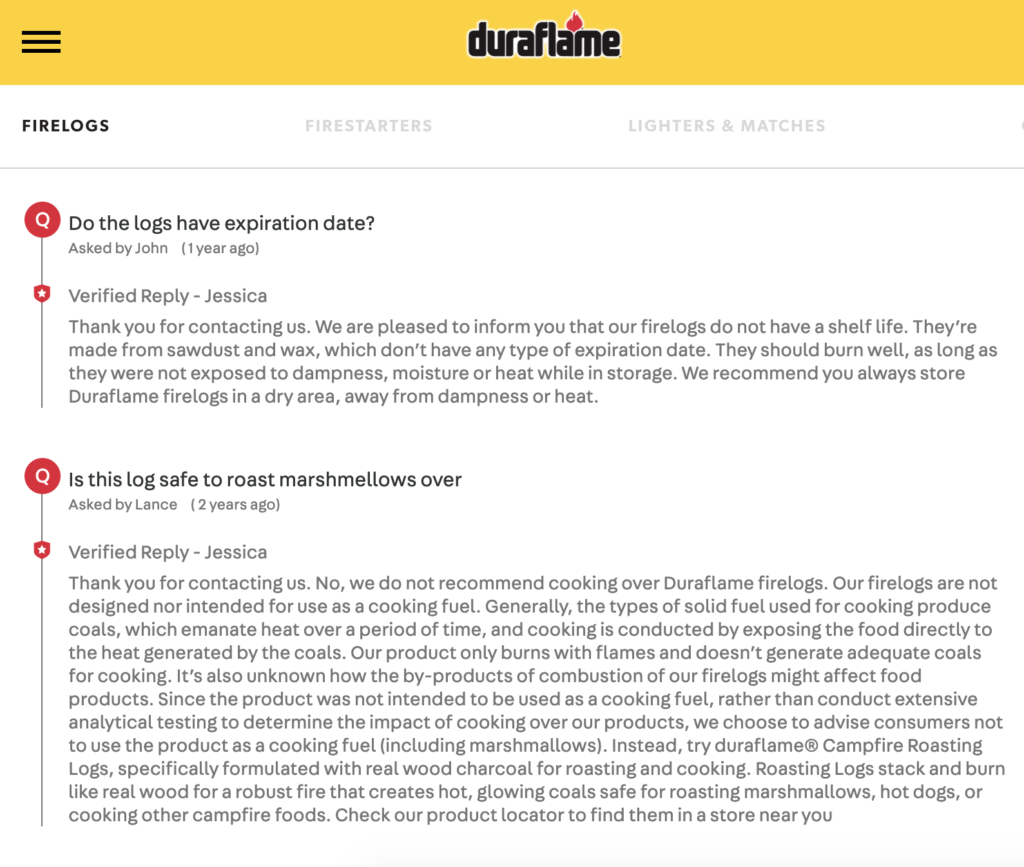
Do your reviews identify key decision-making factors for the product's category and how the product performs in those areas?
100%.
Not all review displays need to show the same information. For example, the review display for an apparel brand will look quite different than that for a food & beverage brand. We will work with you to create a review display that fits your needs.
Bonobos apparel shoppers can not only filter the reviews by the exact variation they’re considering, but they can also filter them by their size, height, and weight — allowing them to narrow in on reviews from people who look just like them.
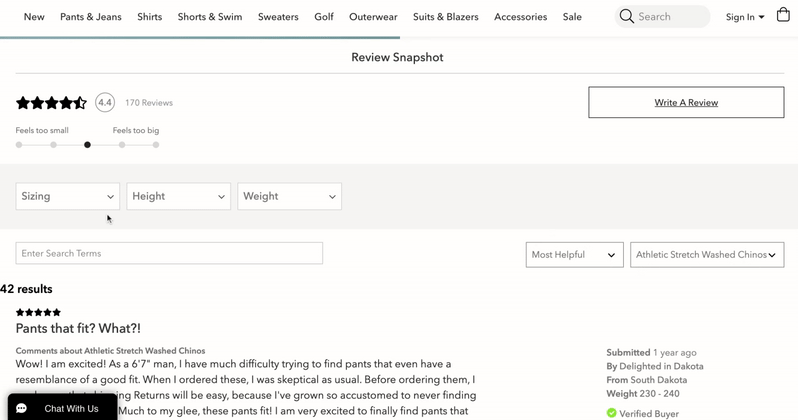
Do your reviews describe key choices in how a product has been designed and their effect on the users beyond what the manufacturer says?
Yes!
This is the power of contextual reviews. Reviewers can quickly provide information that allows other shoppers to determine how much weight they should give their review: Are the pros listed the same features that are most important to me? Do the use cases line up with how I intend to use the product? Does this person sound like me?
Then, shoppers can read the review to glean even more information, like how this Sonos reviewer describes exactly where he uses his Sonos speaker:
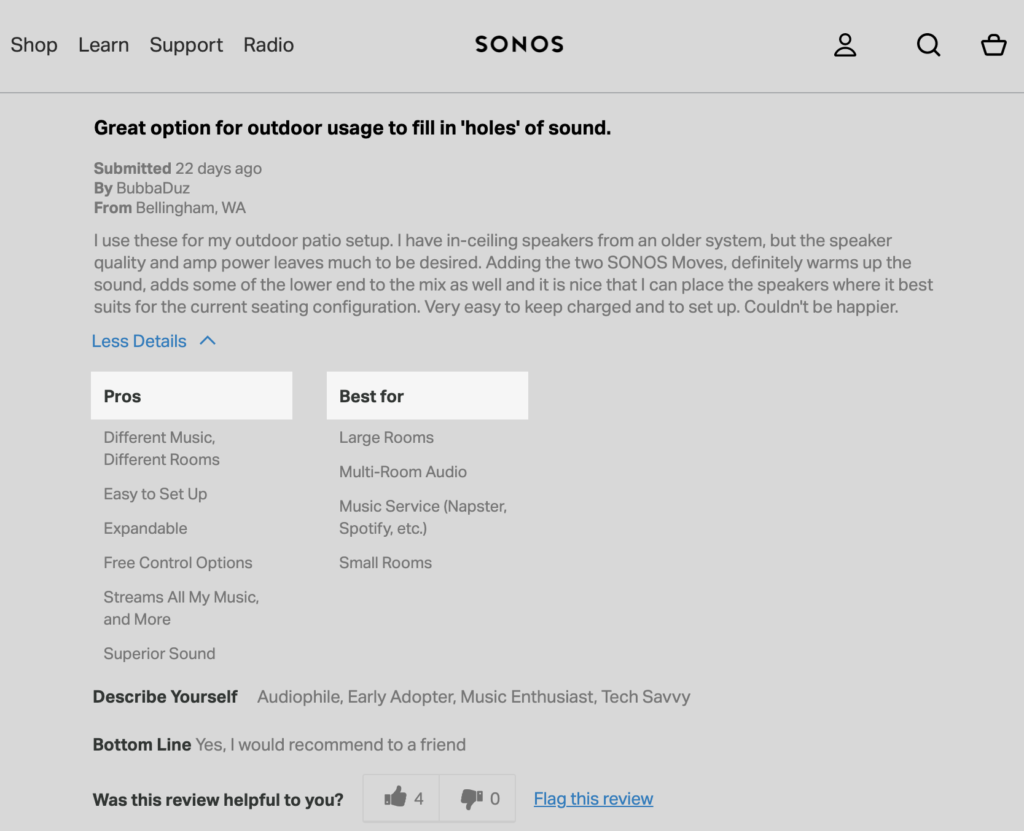
Don’t Worry, Be Happy
If we haven’t drummed it into you yet, there’s no need to worry about the Google product reviews update. And even if you were worried (which you don’t need to be), our review displays are already engineered to satisfy Google’s requirements for useful, thoughtful, and detailed review content.
We’re always on top of Google updates here at PowerReviews. You can rely on us to be working behind the scenes to make sure we’re always setting you up for success in the search results.
















